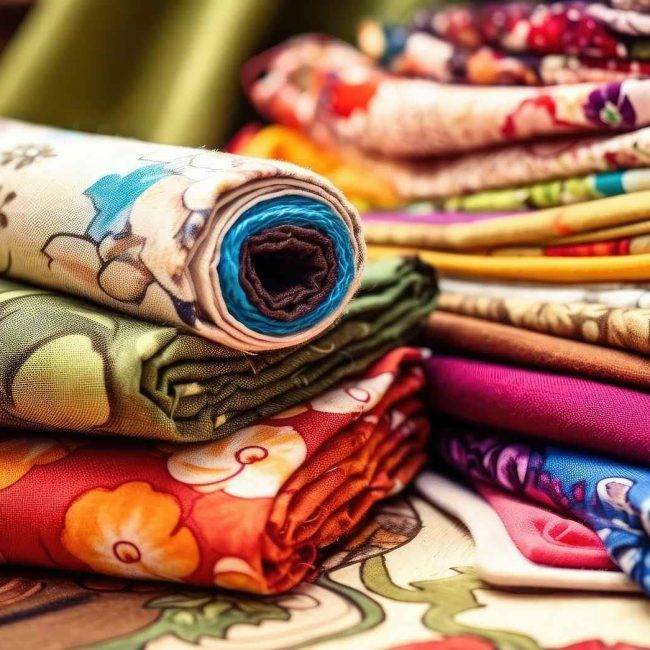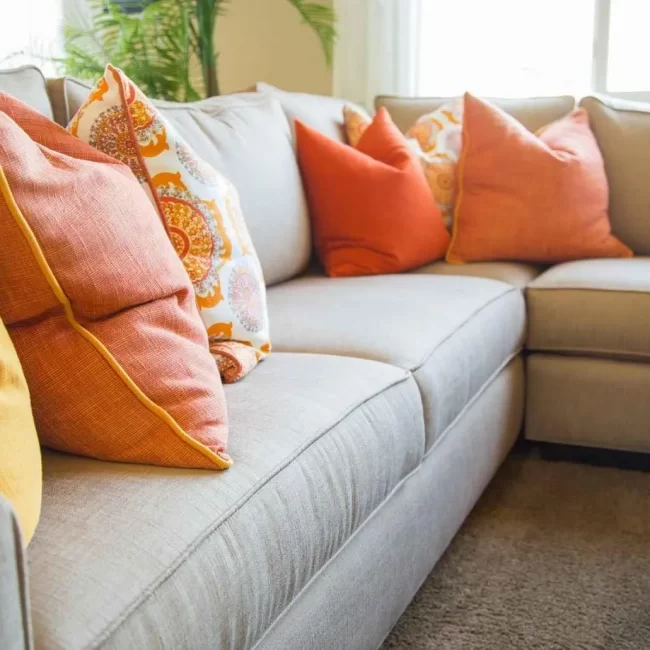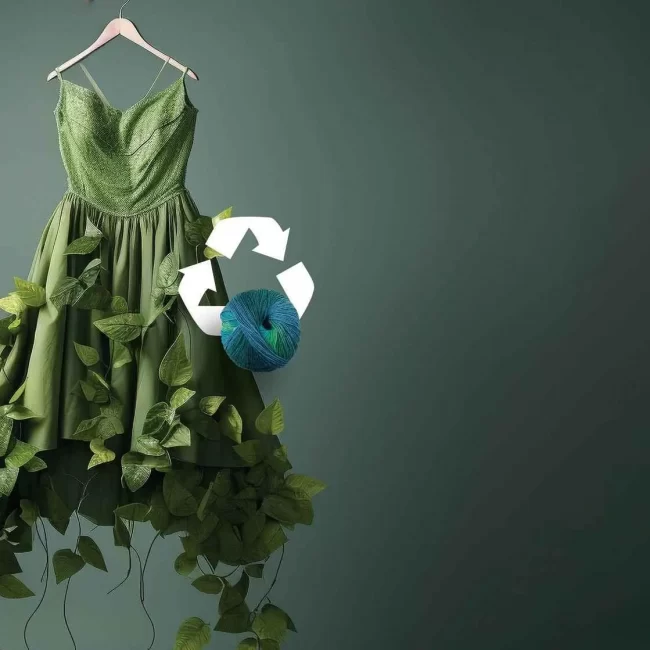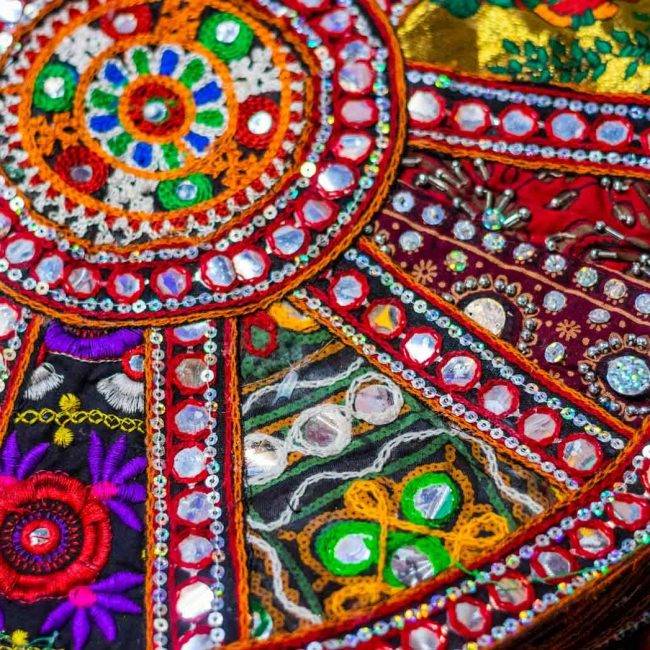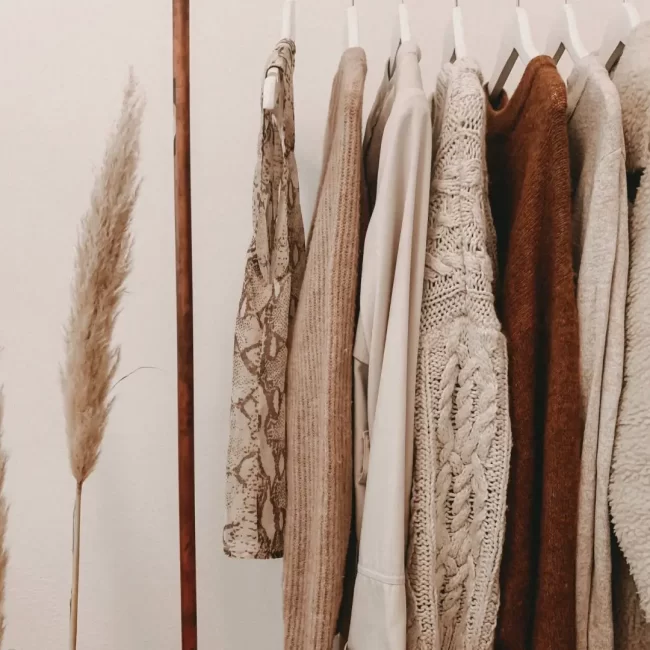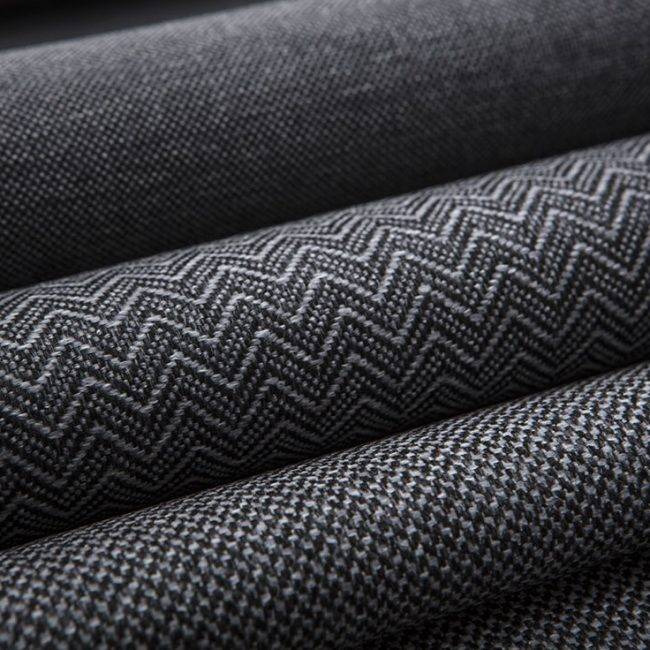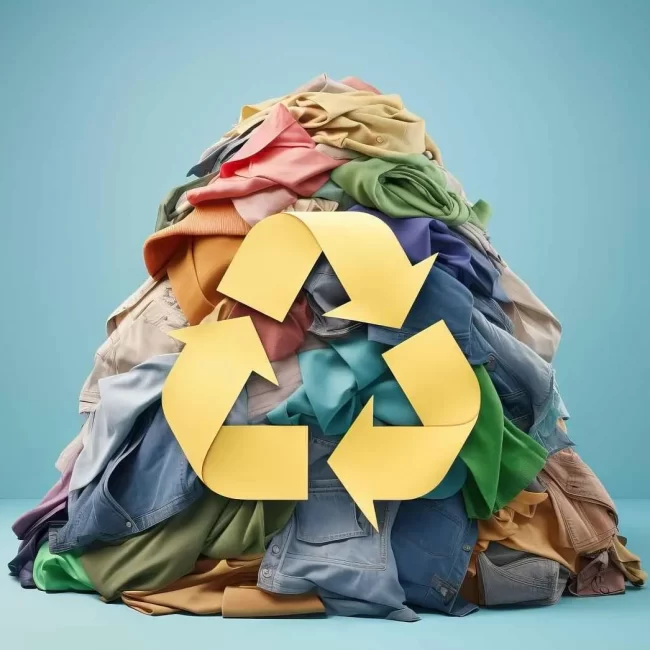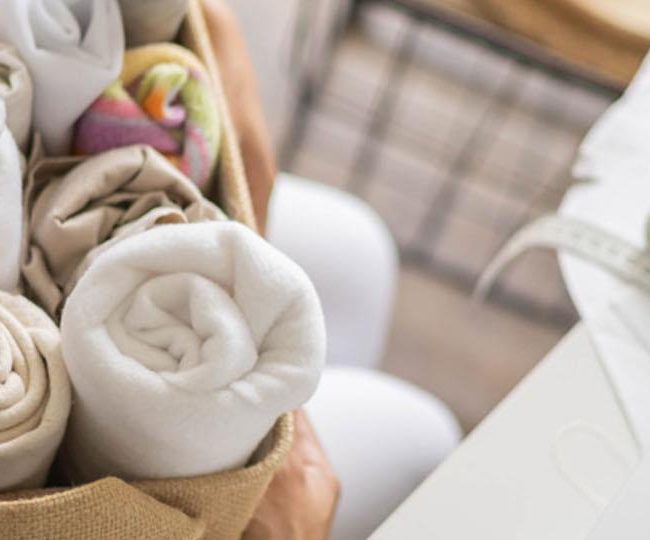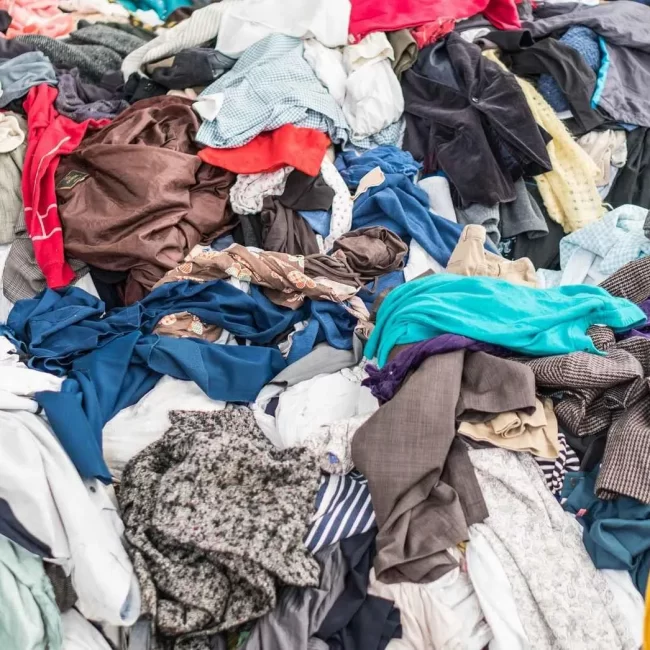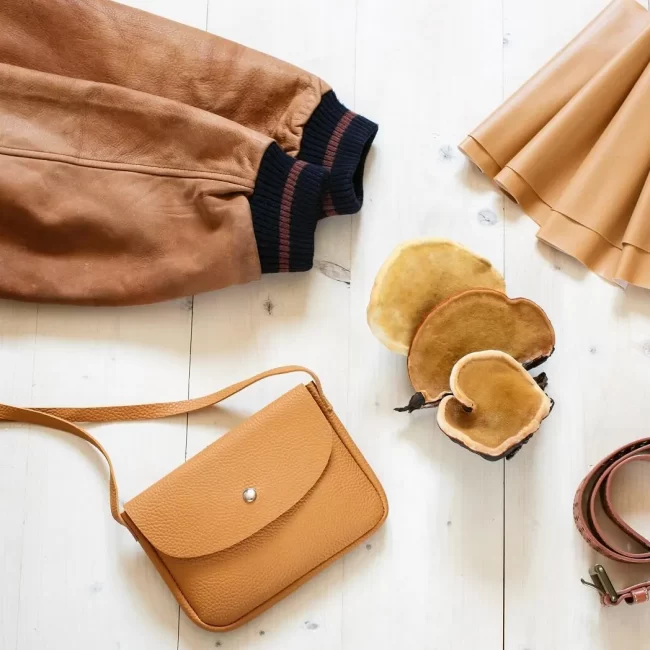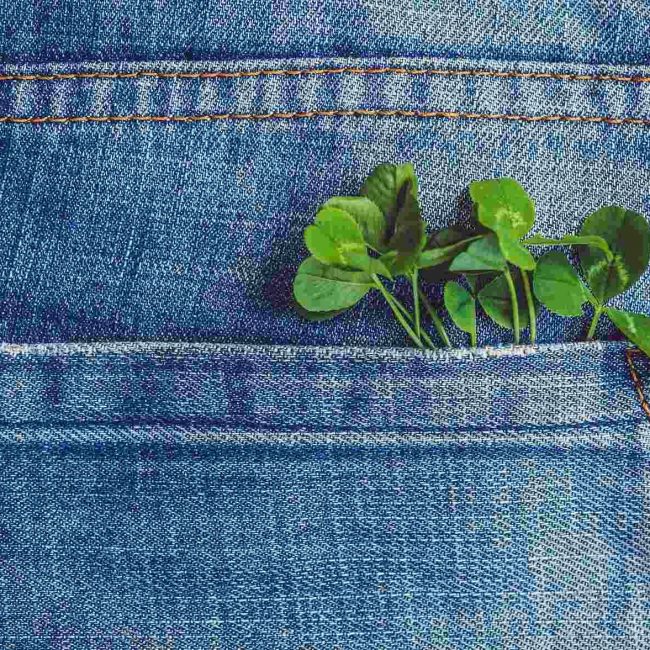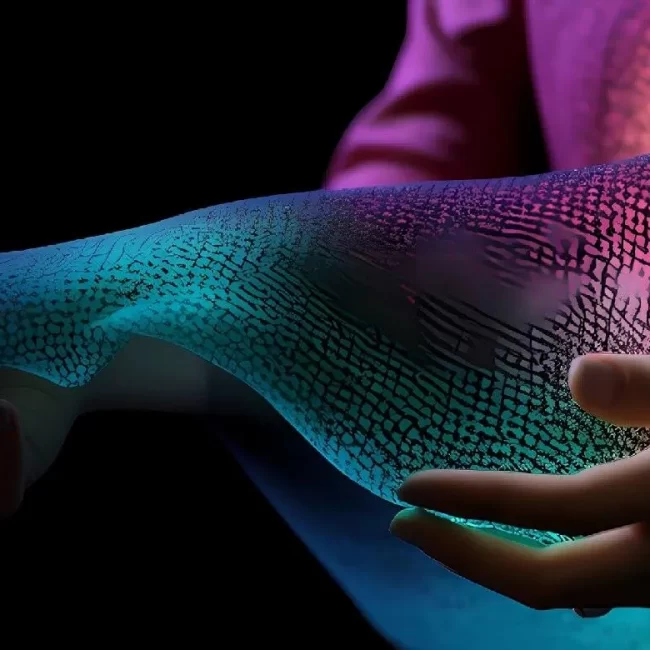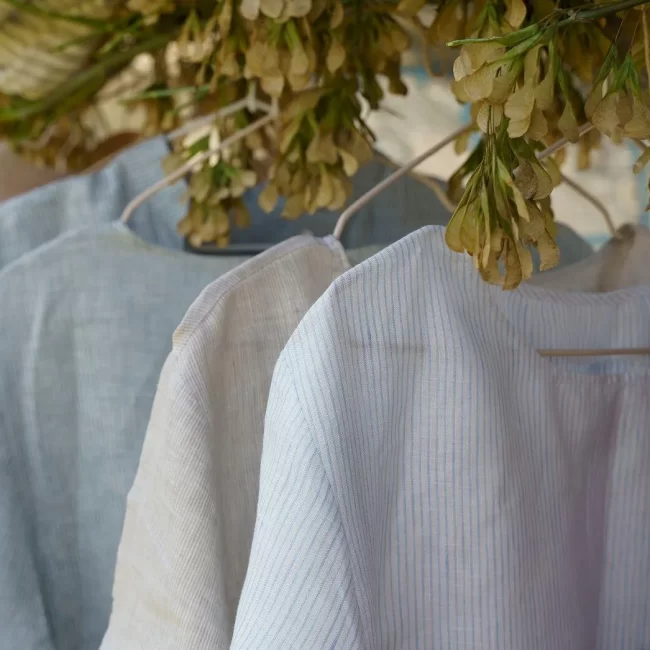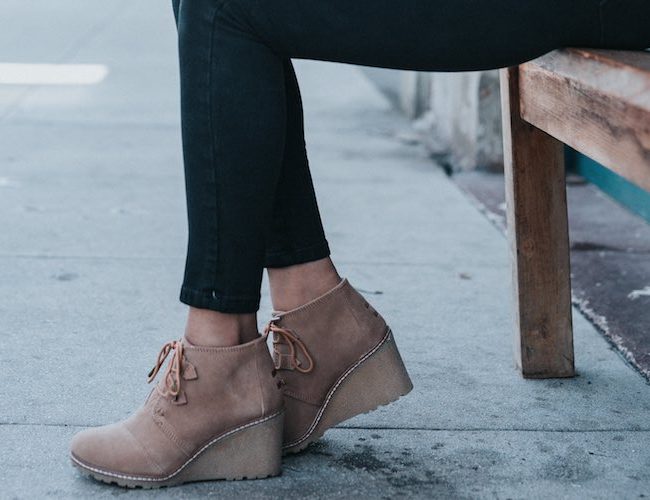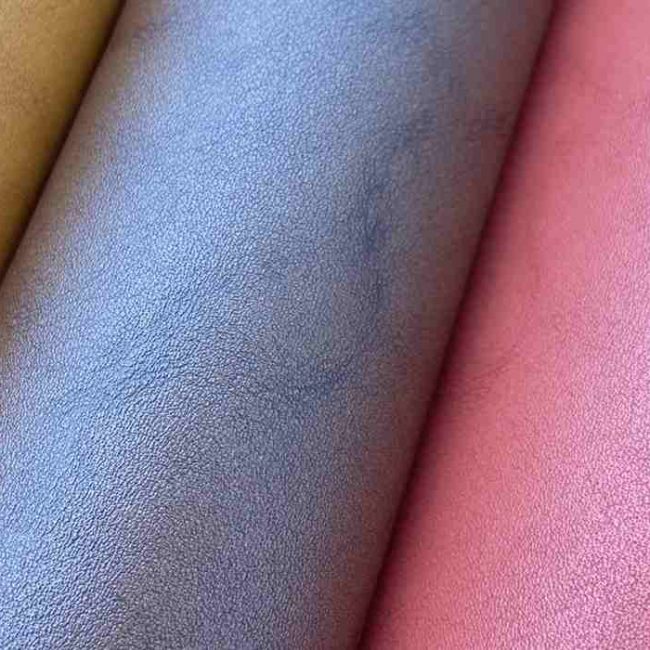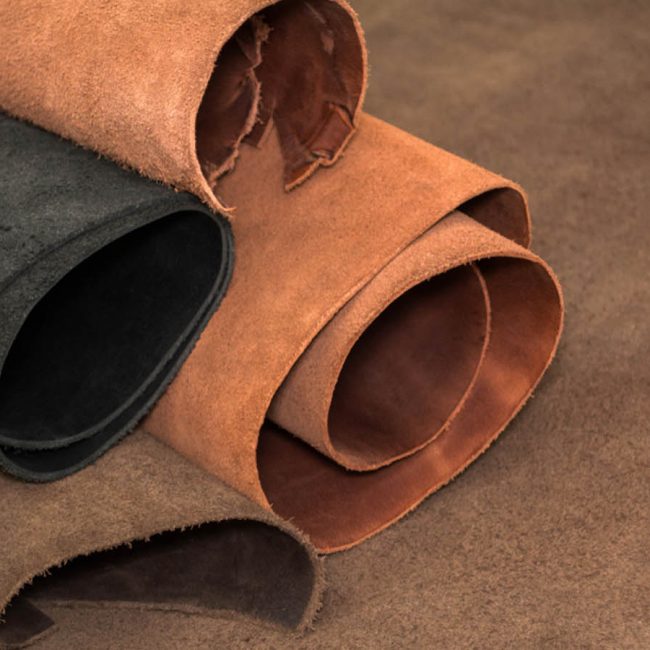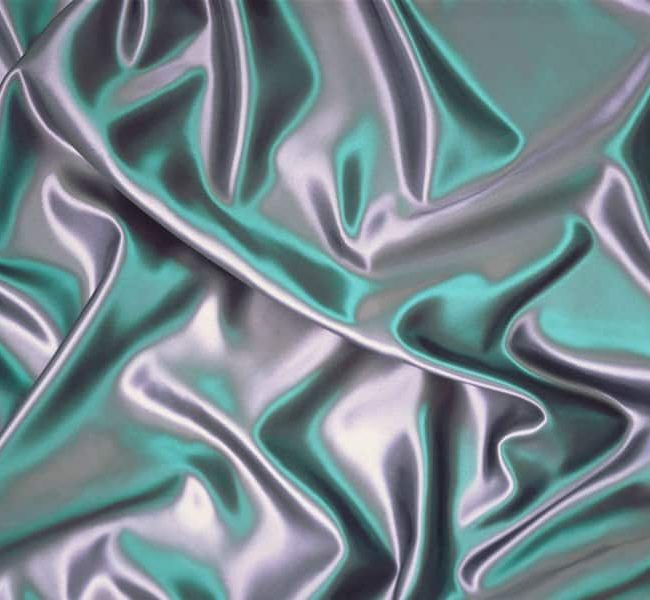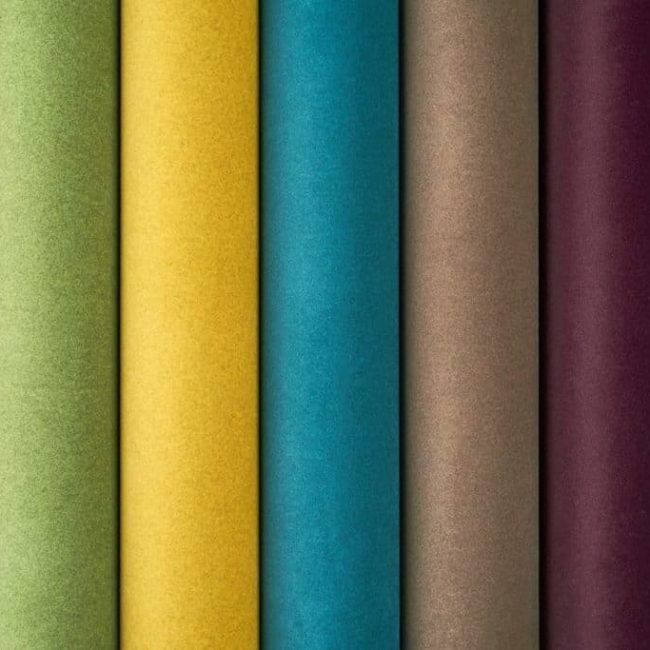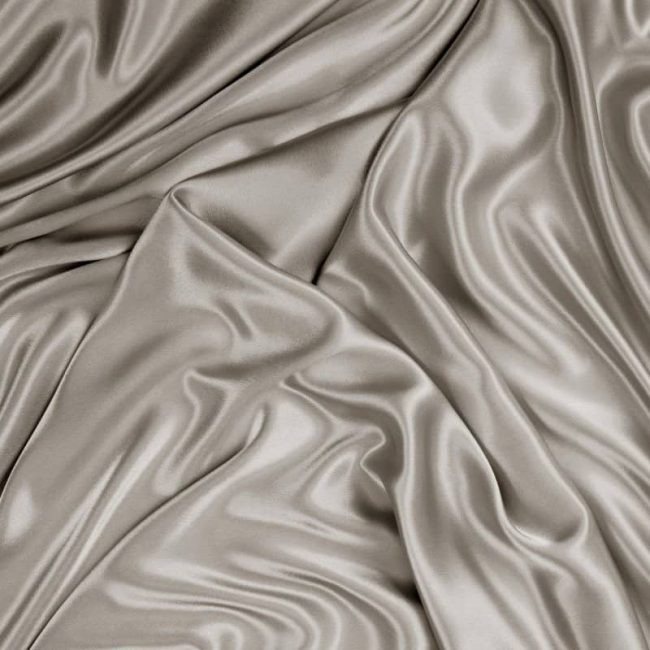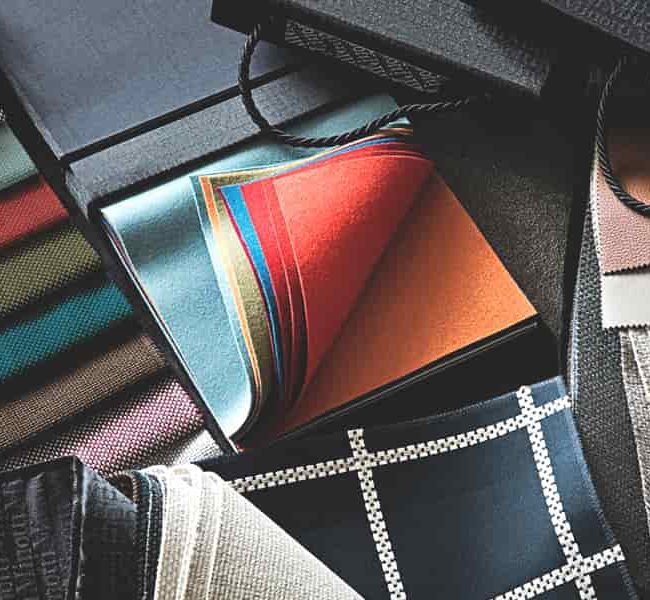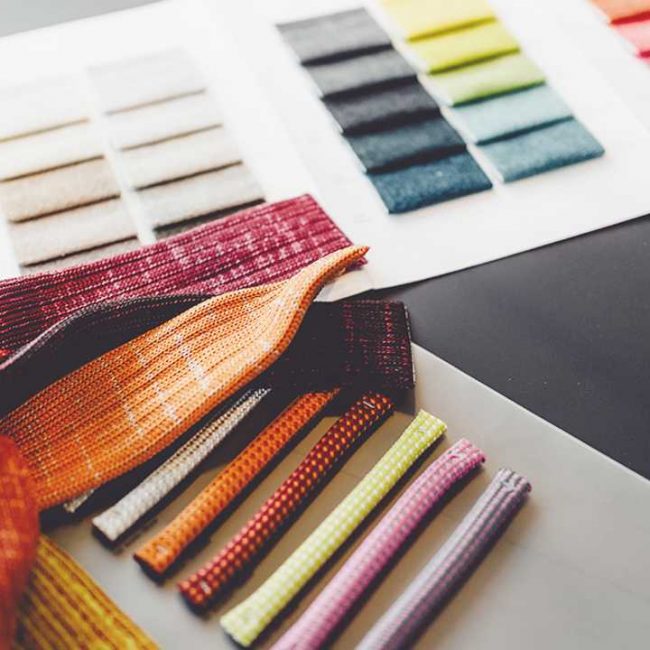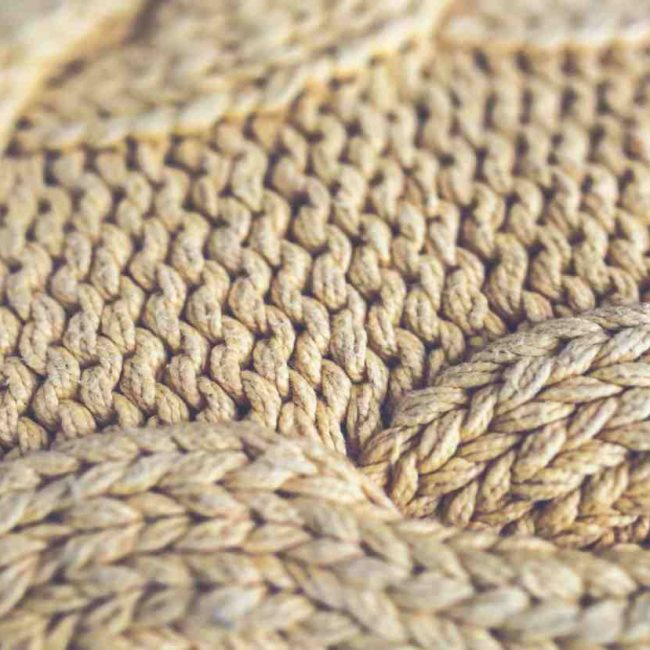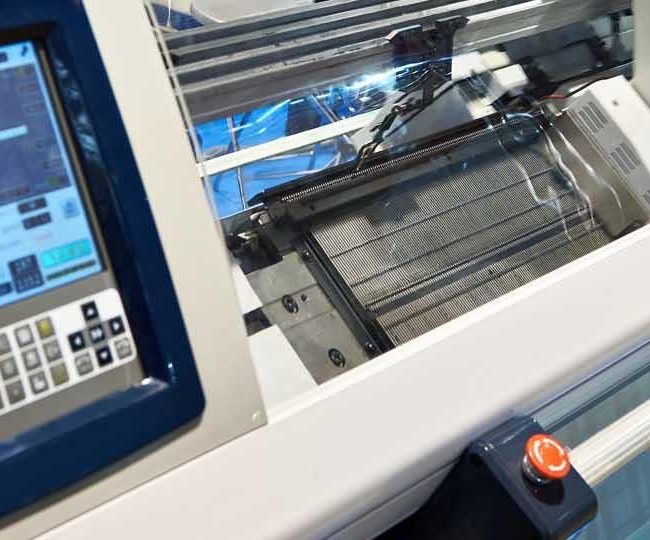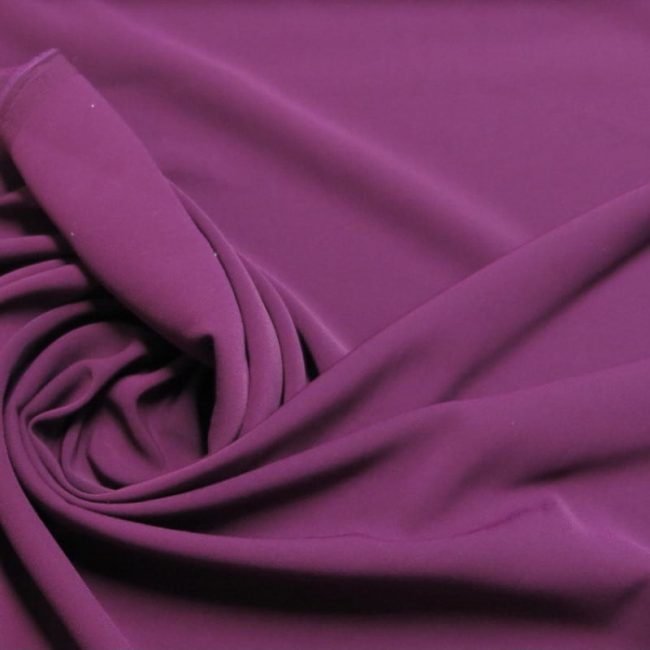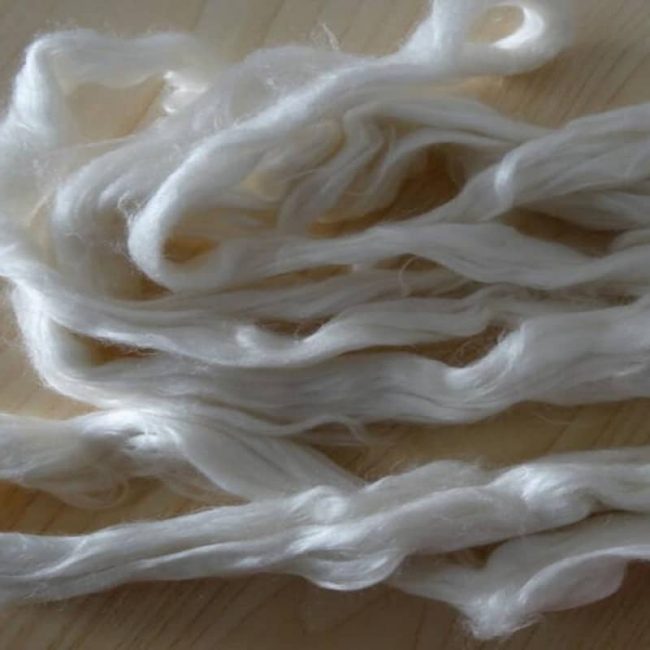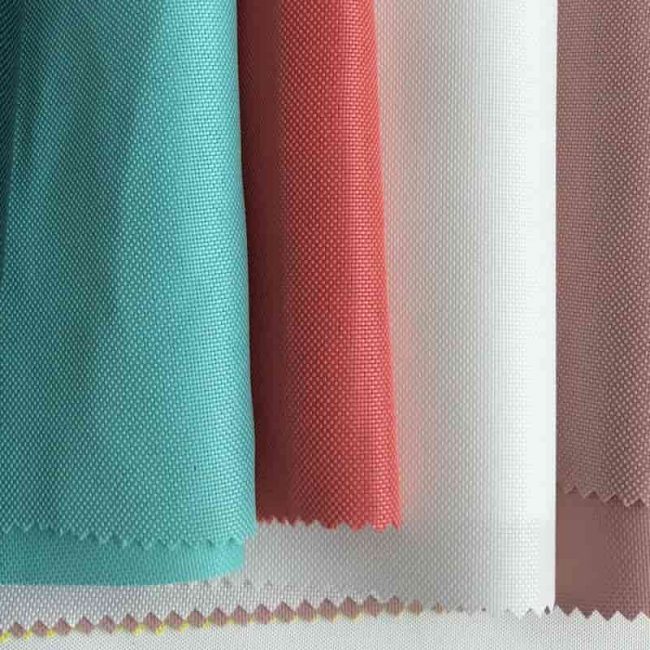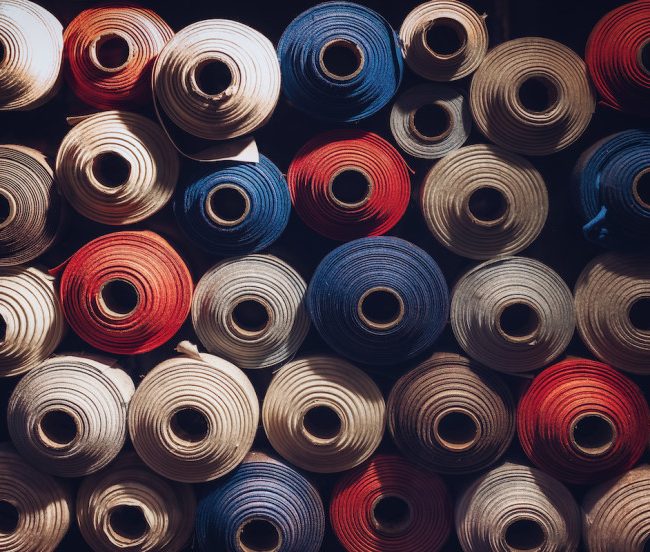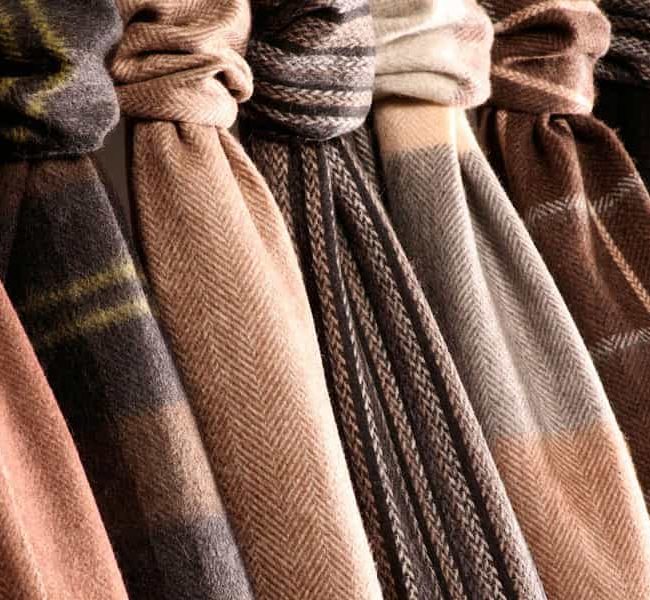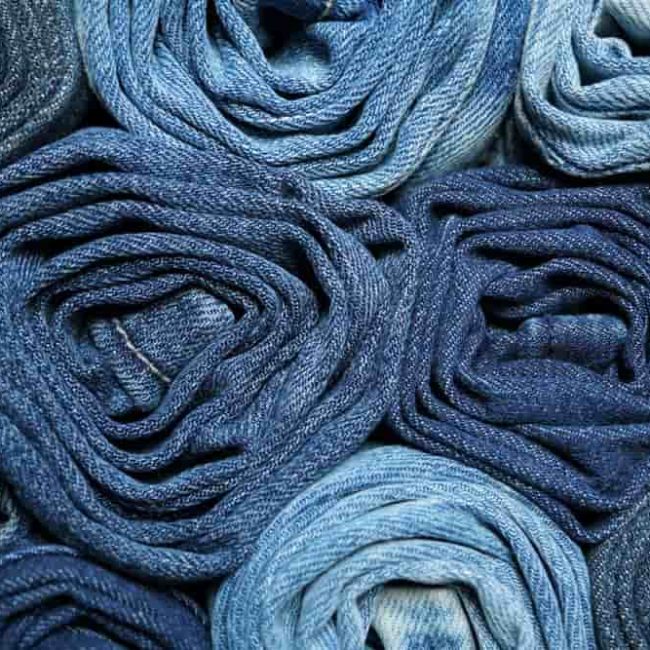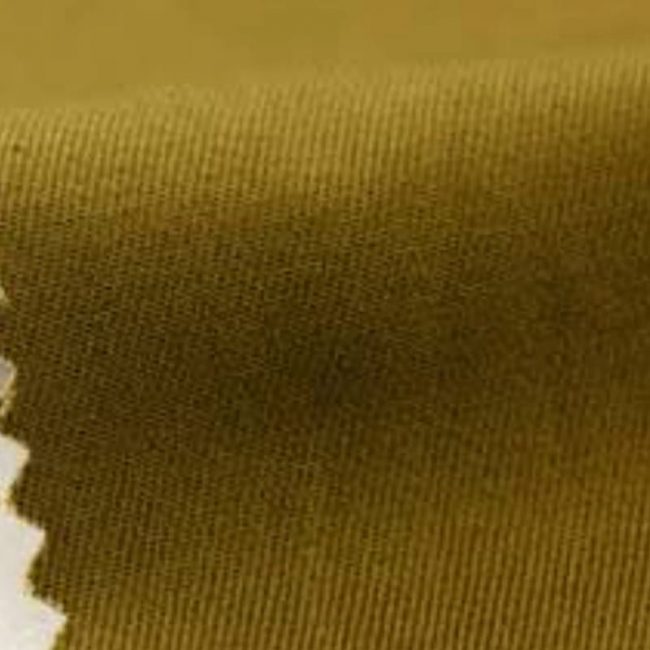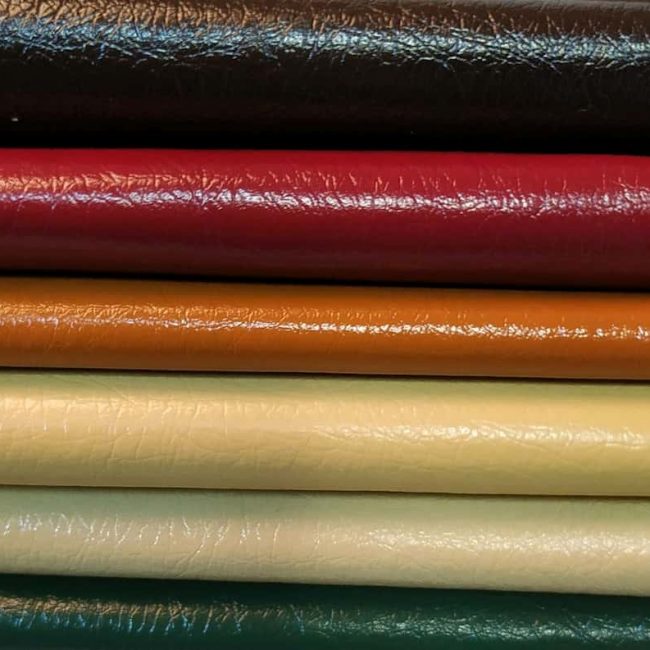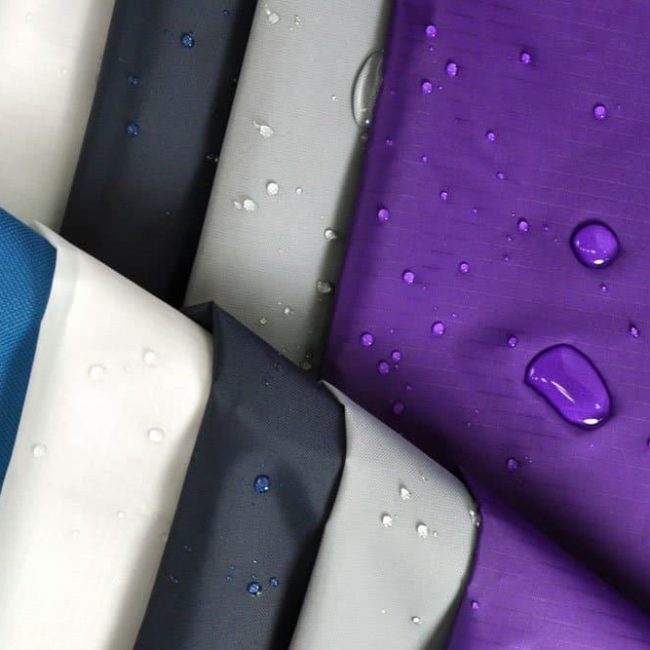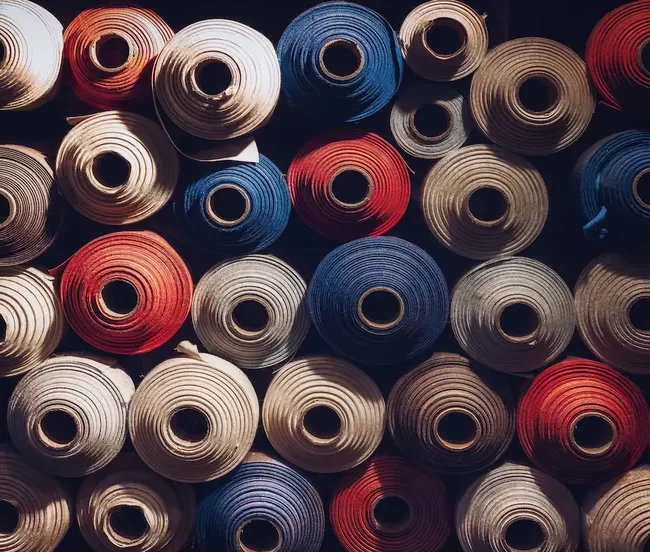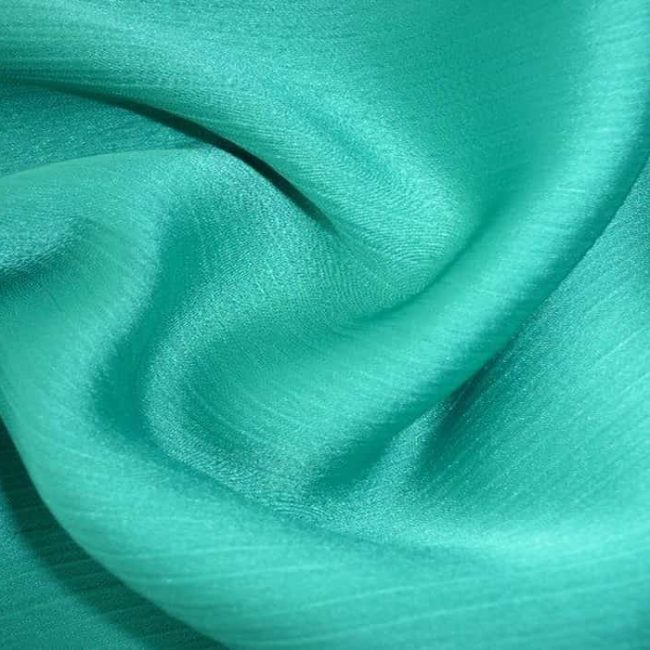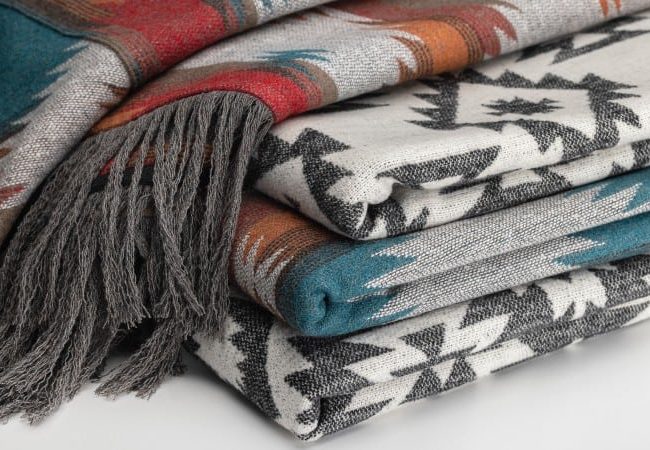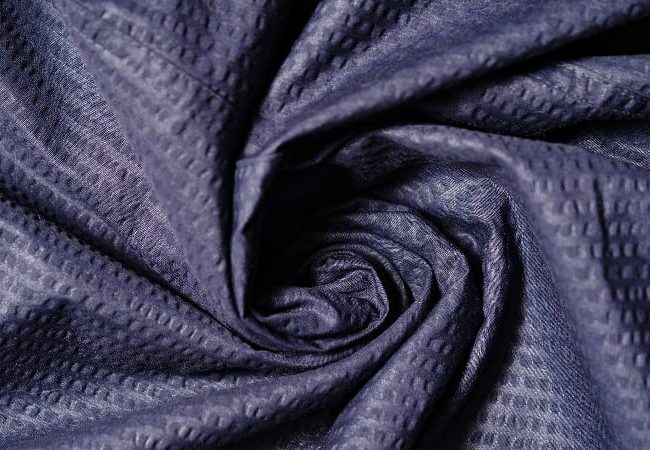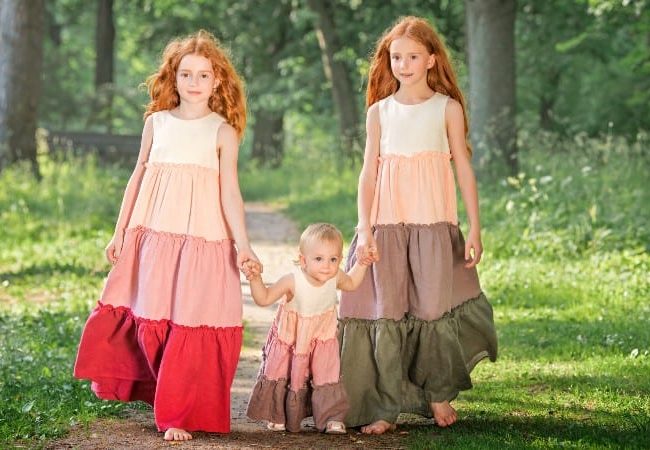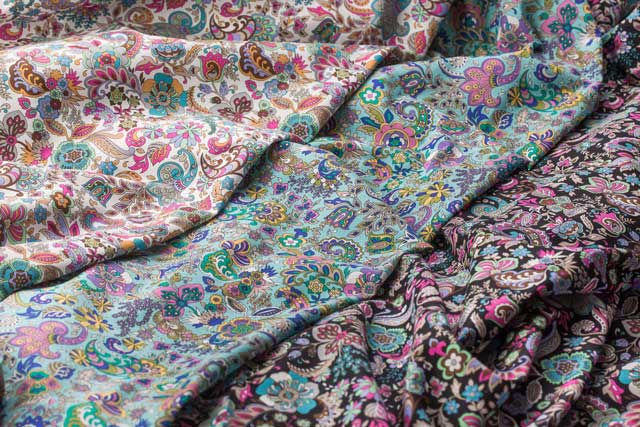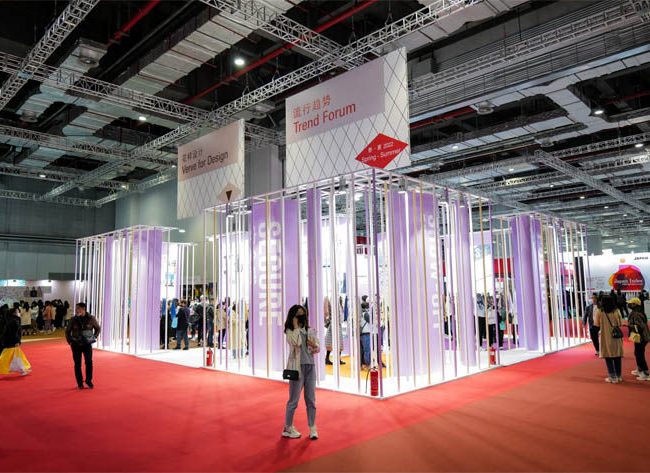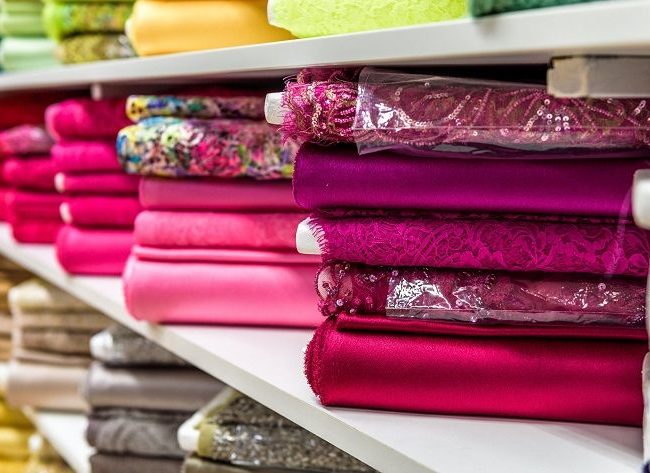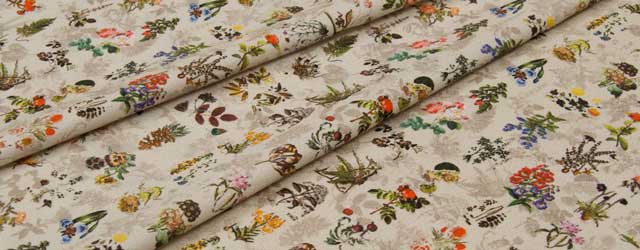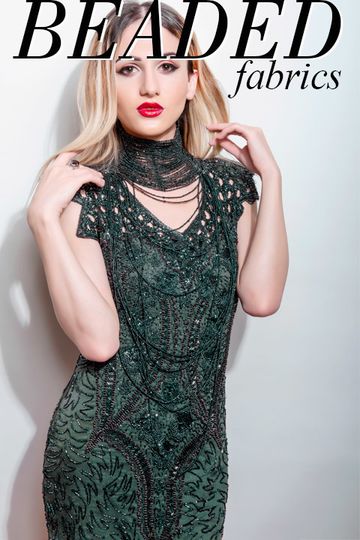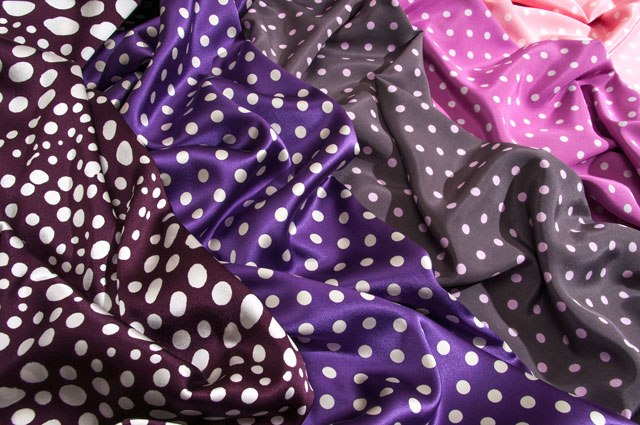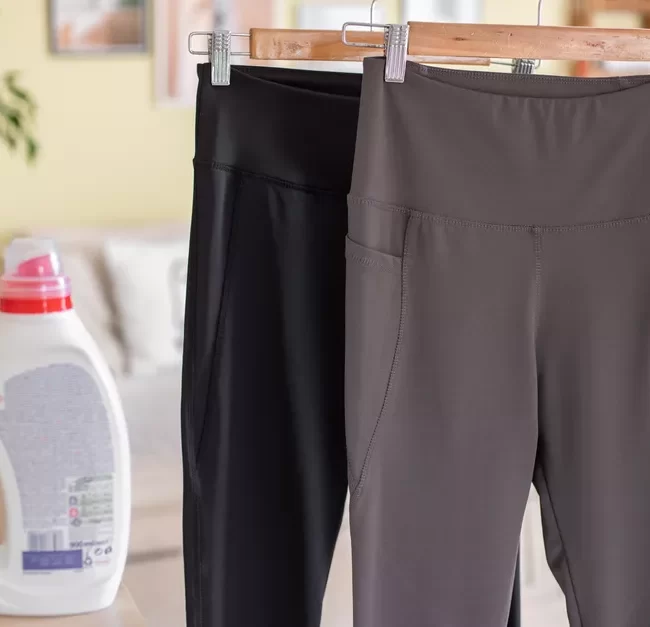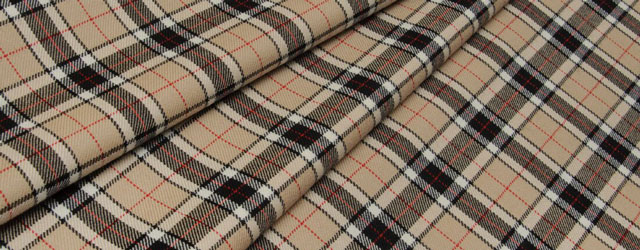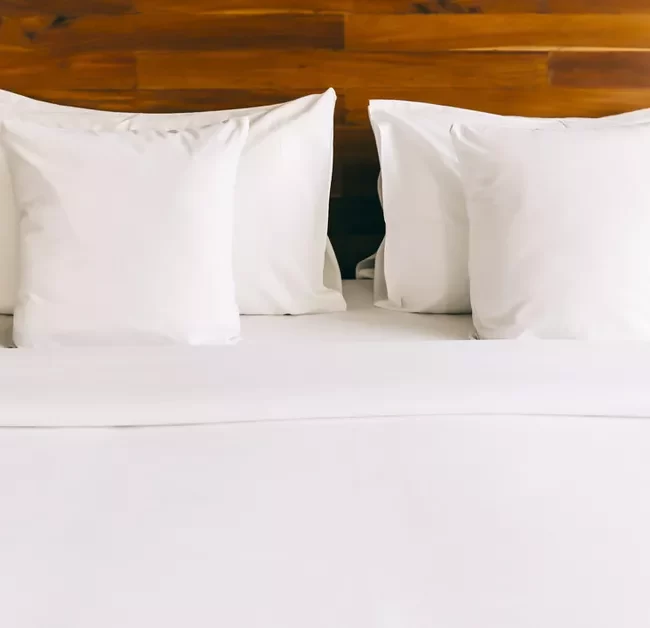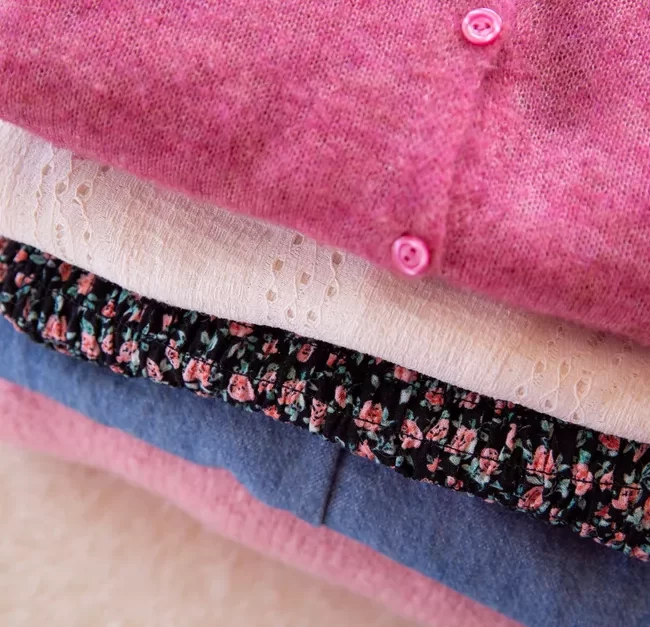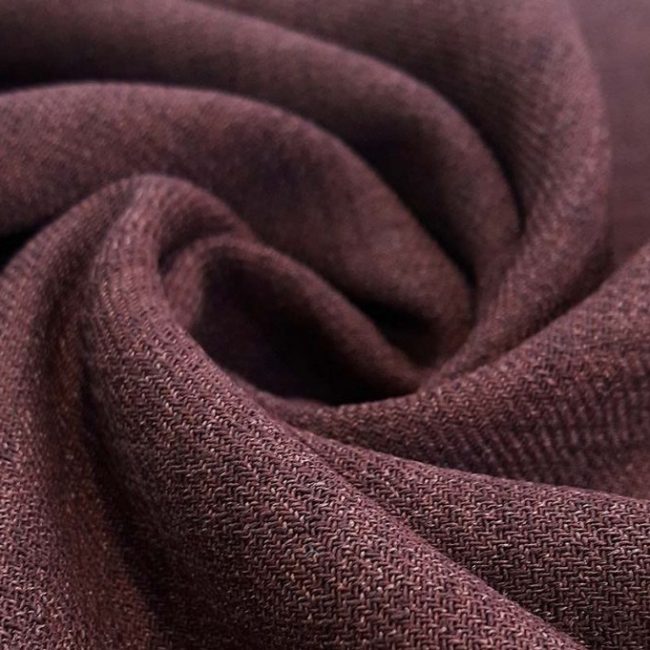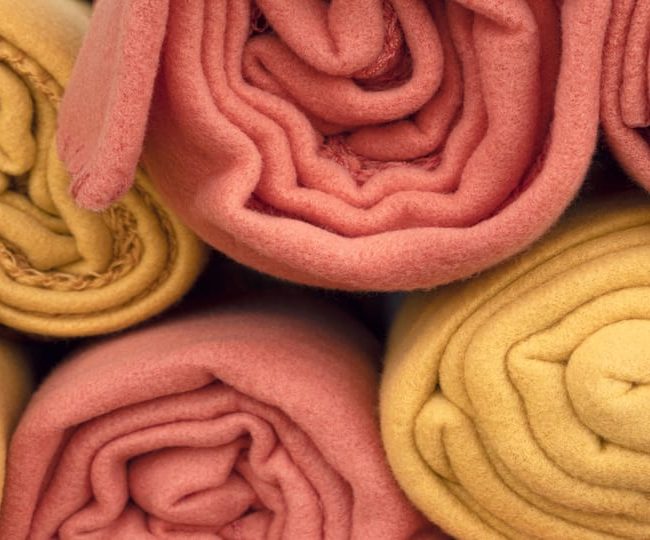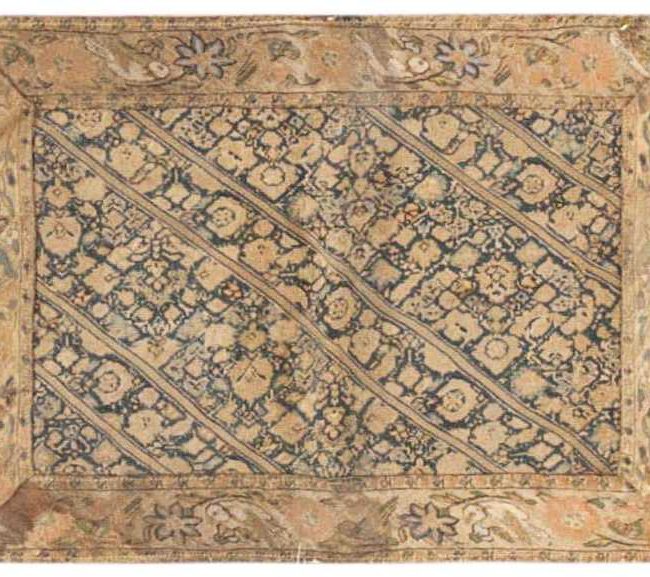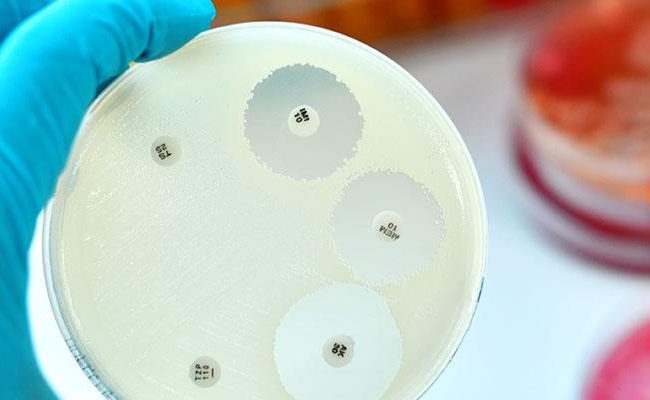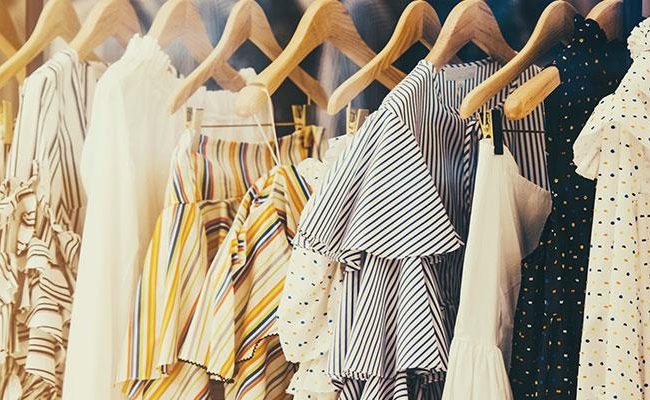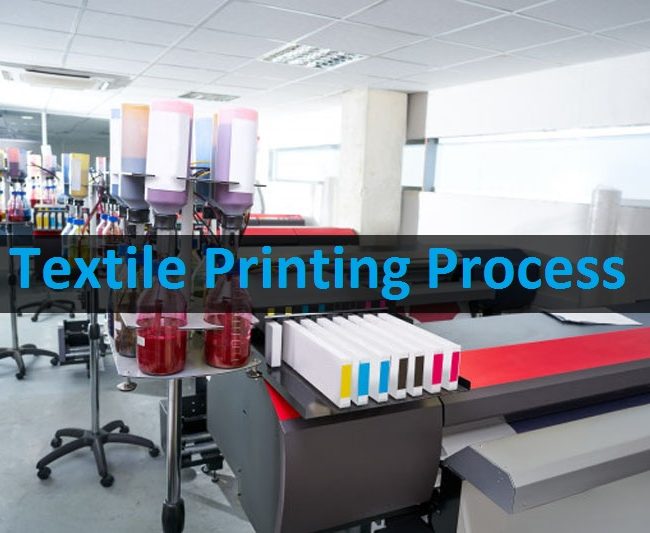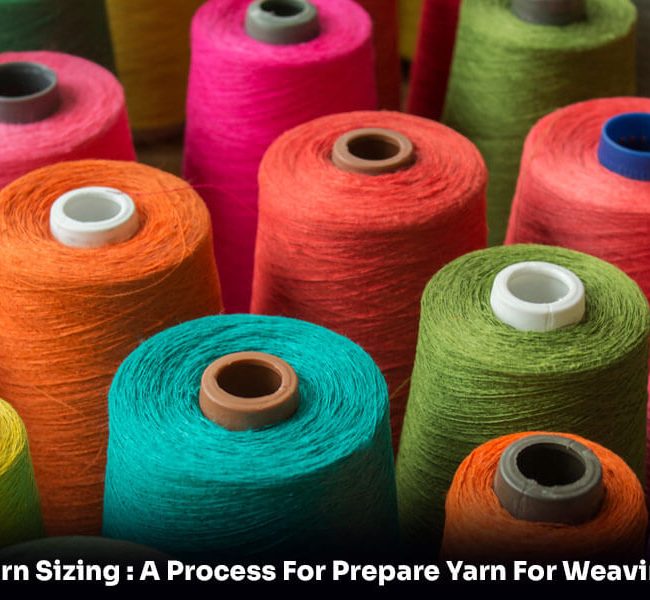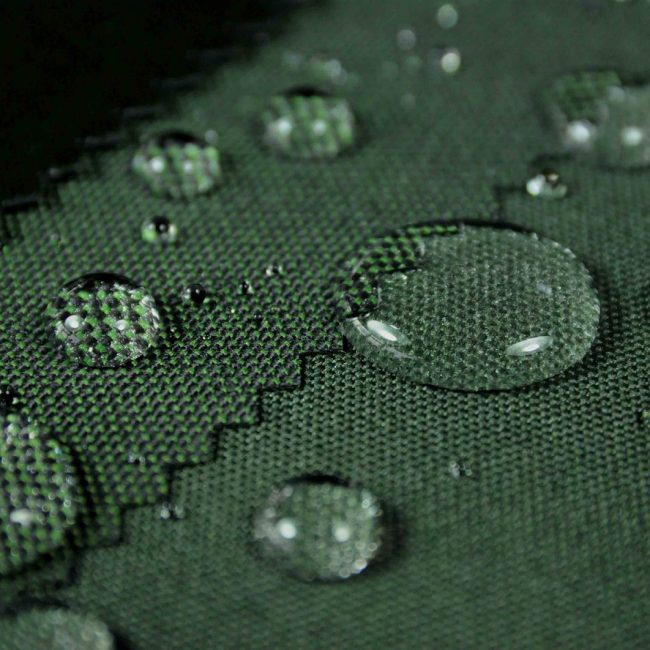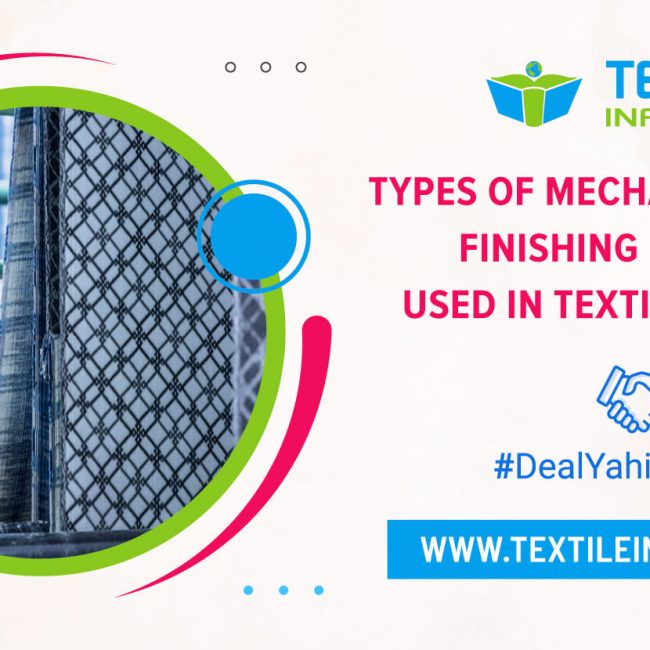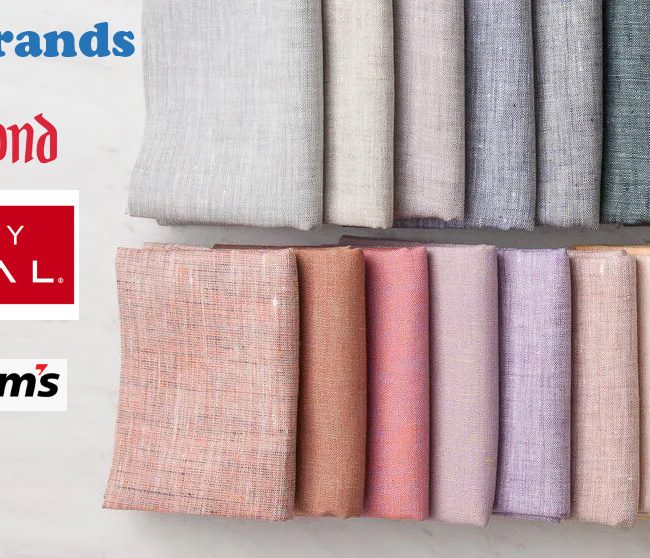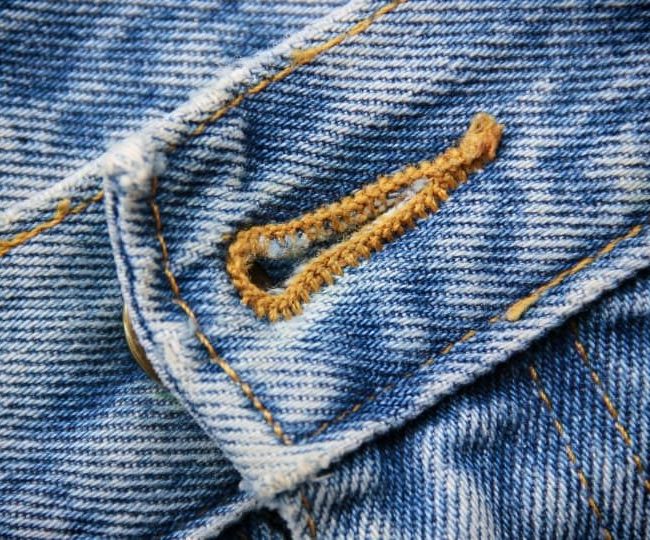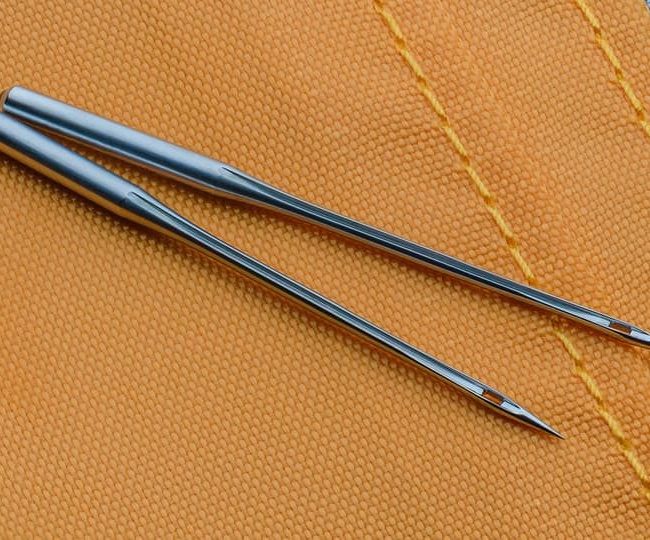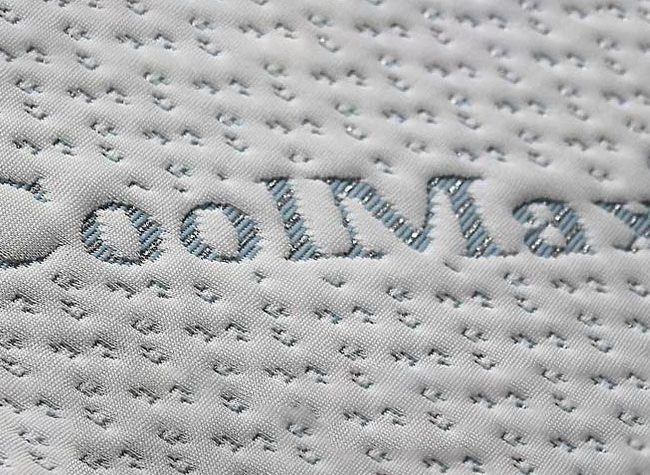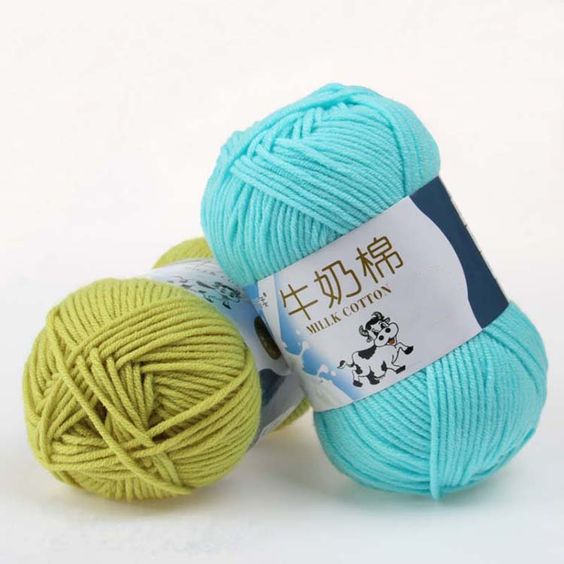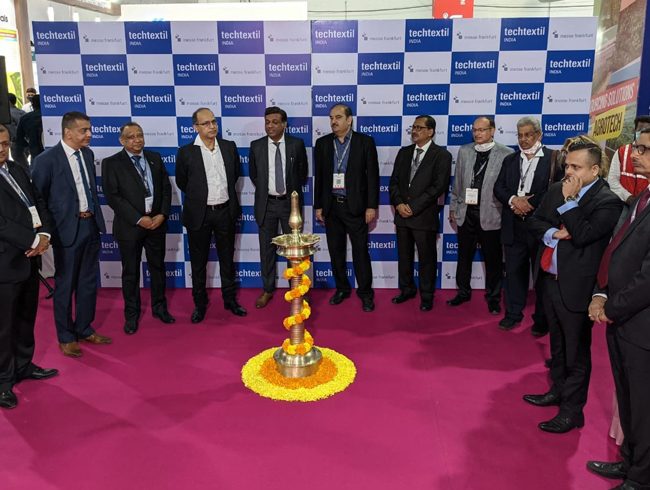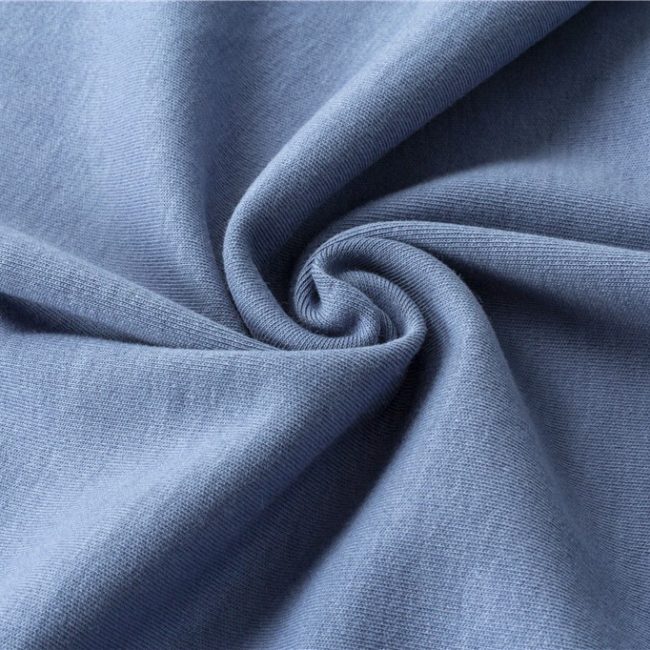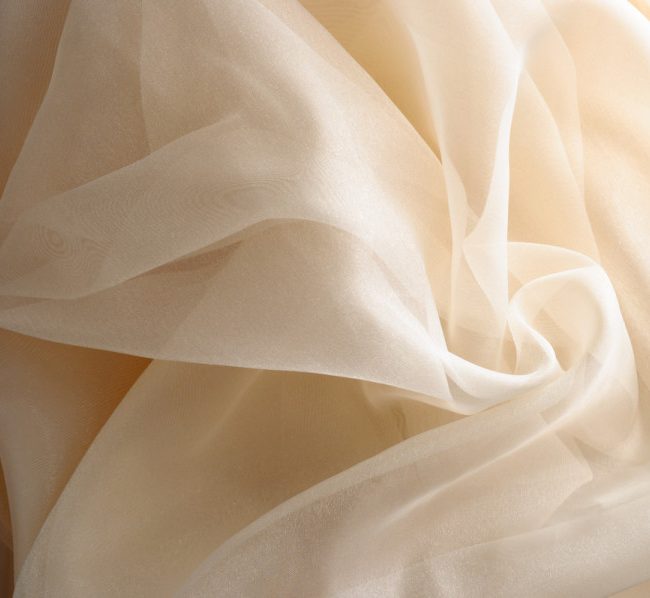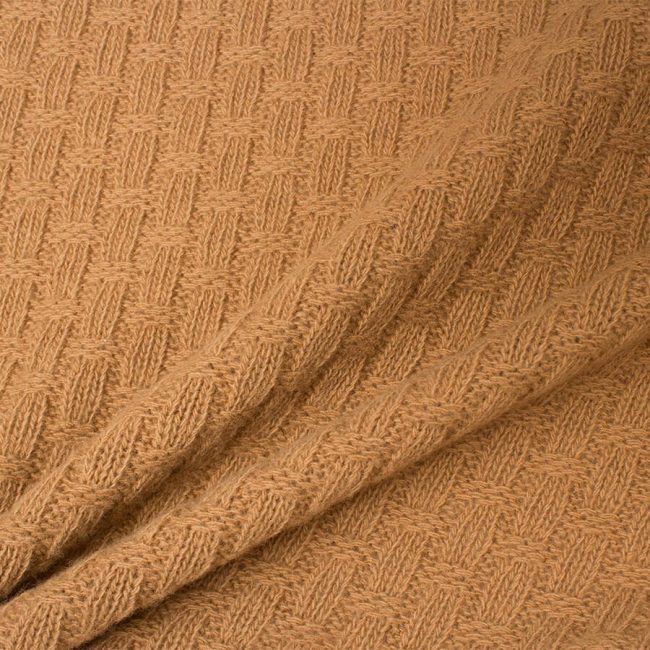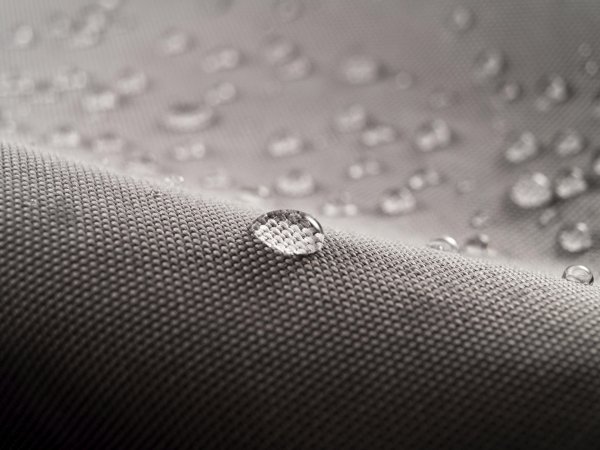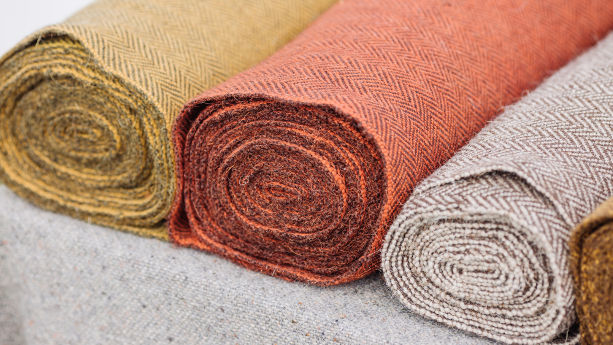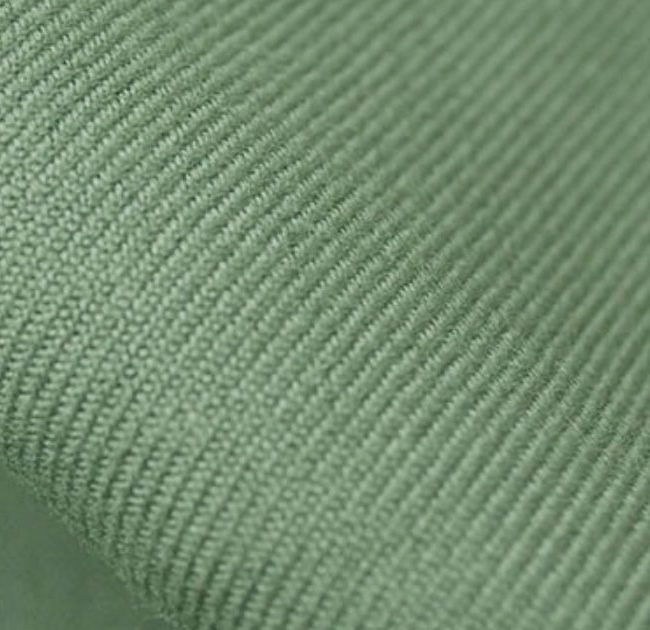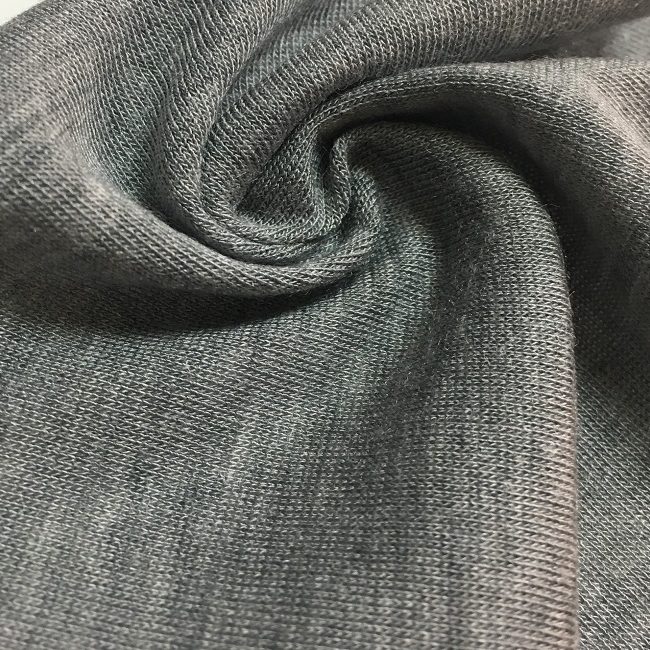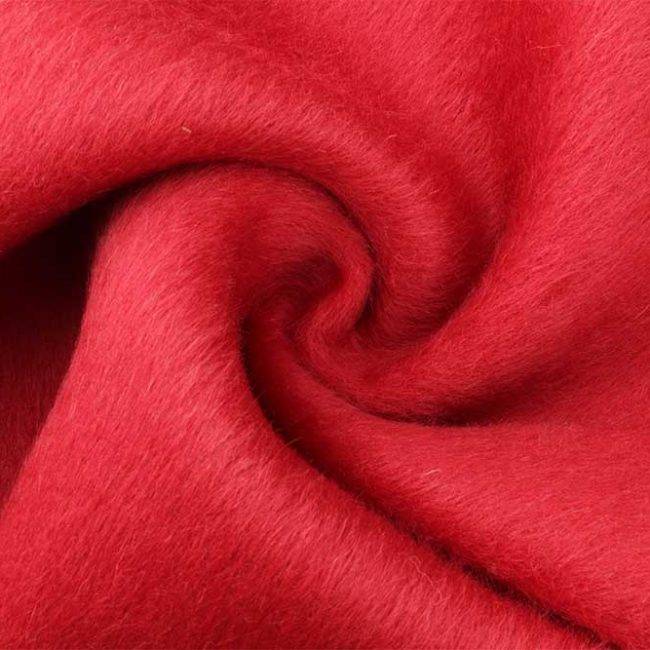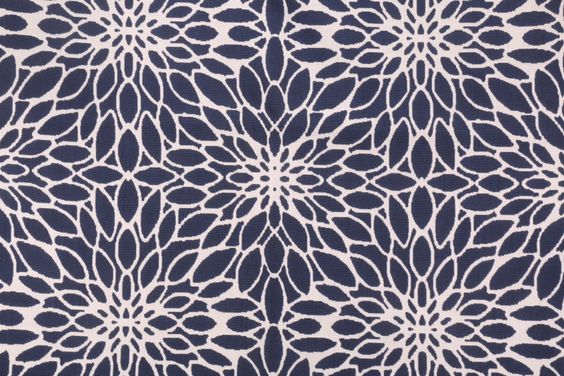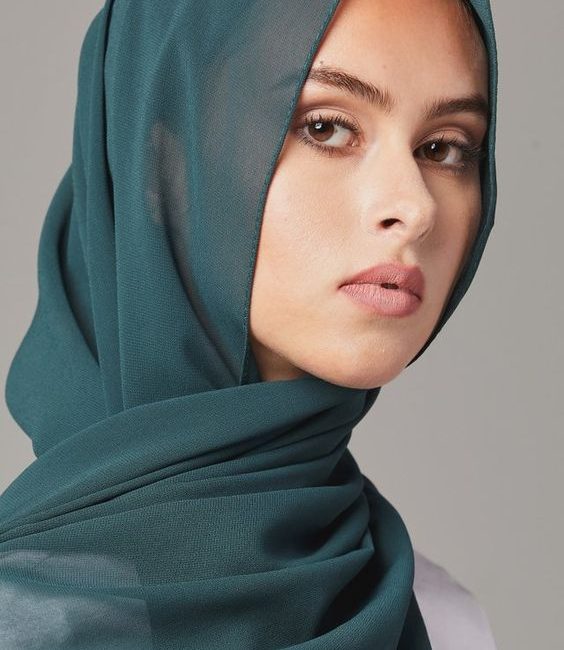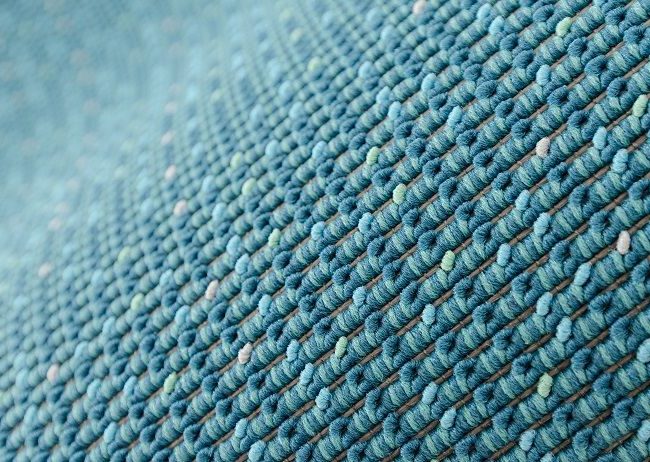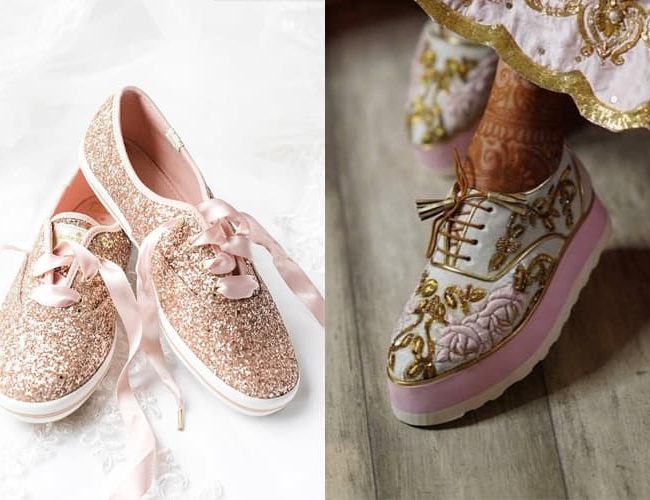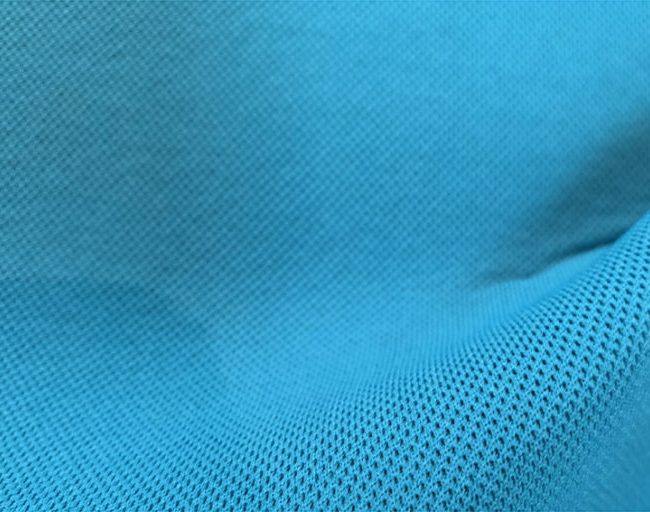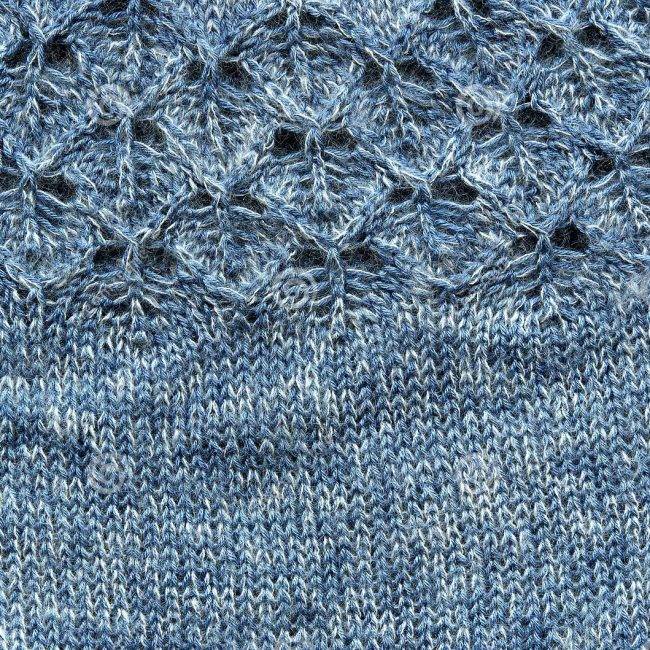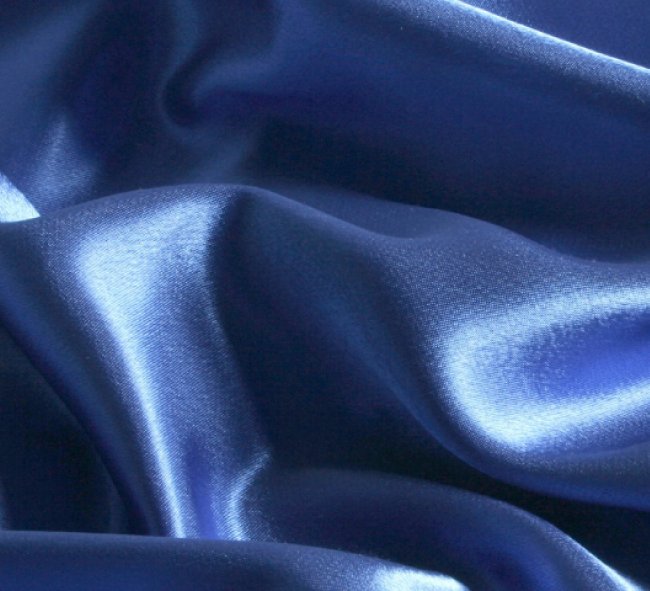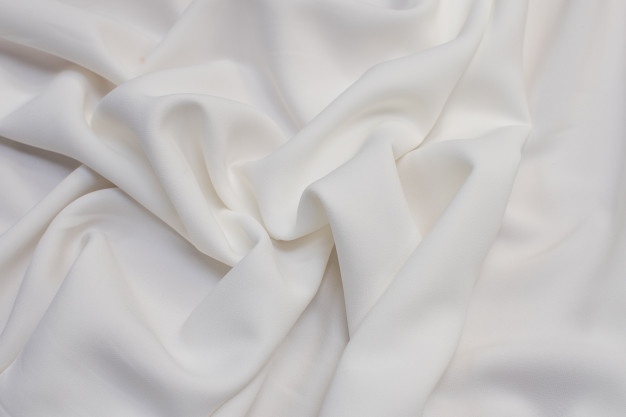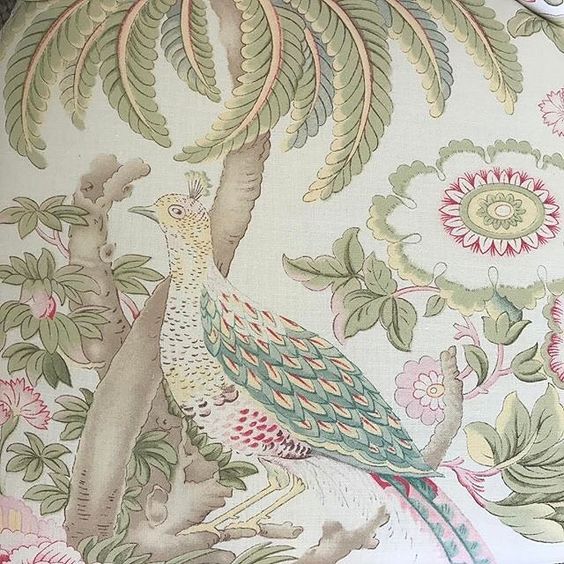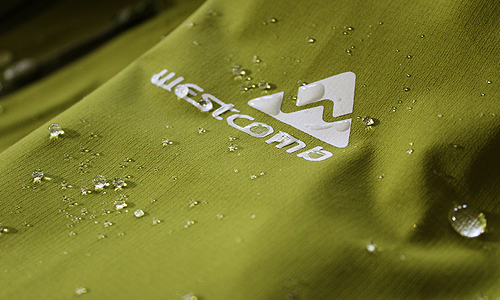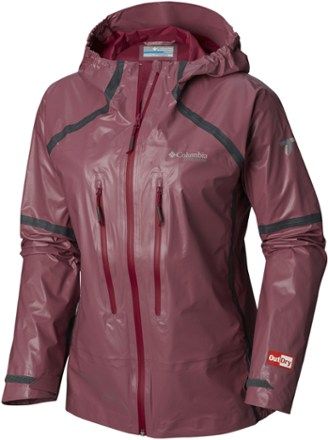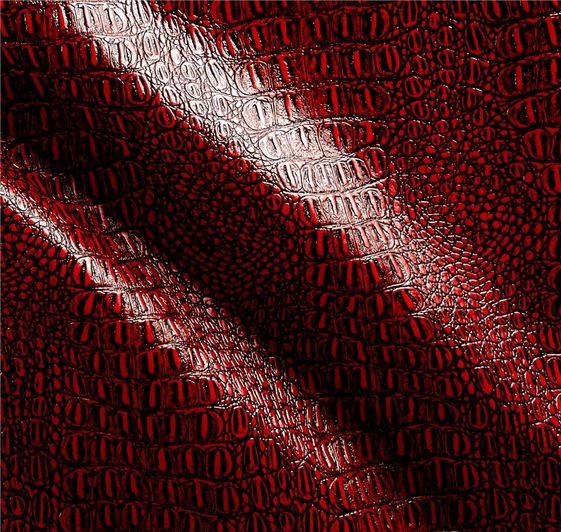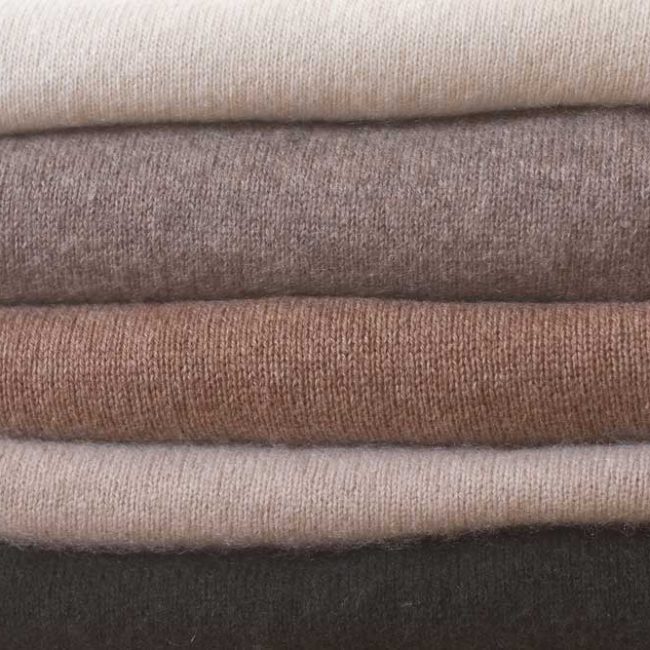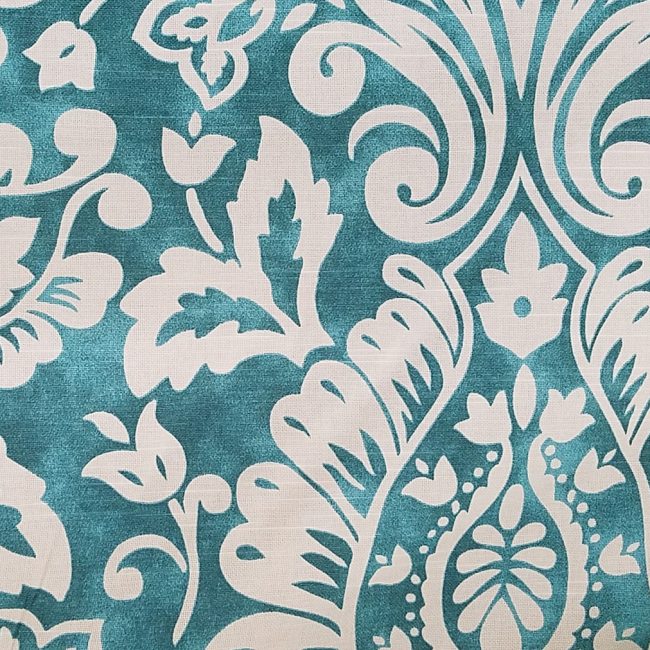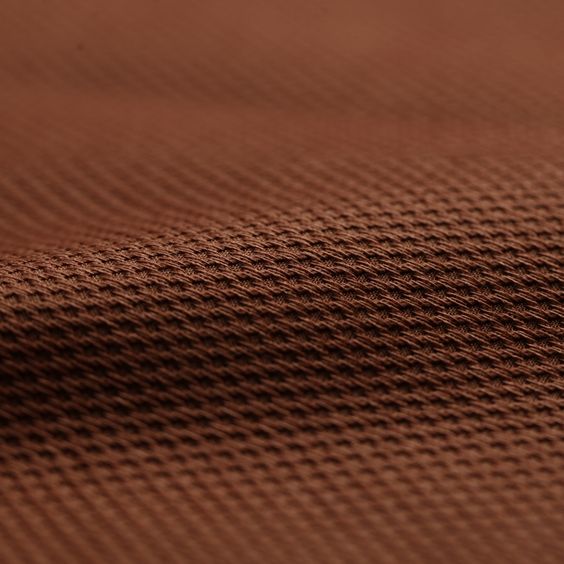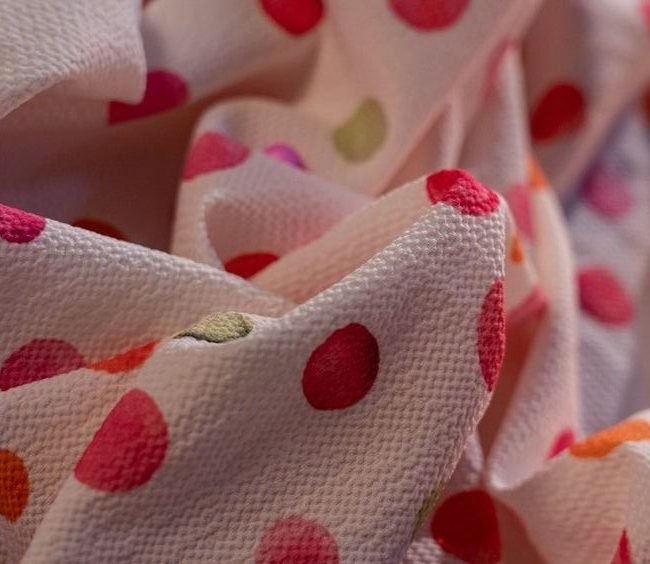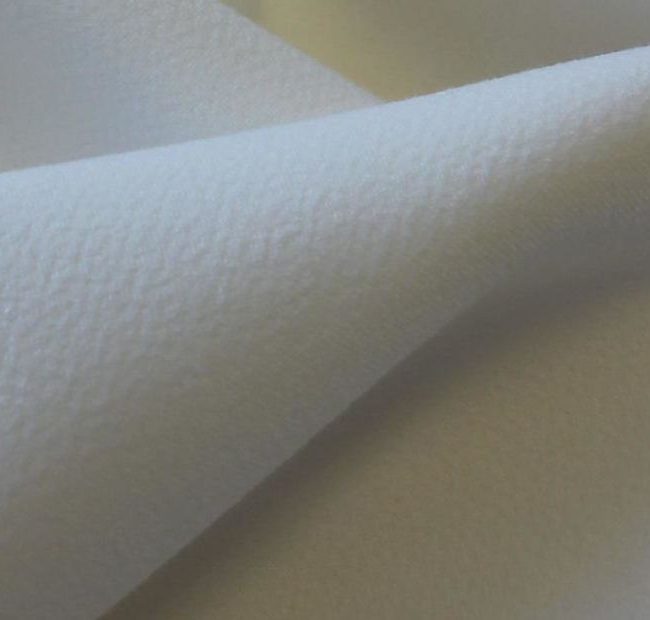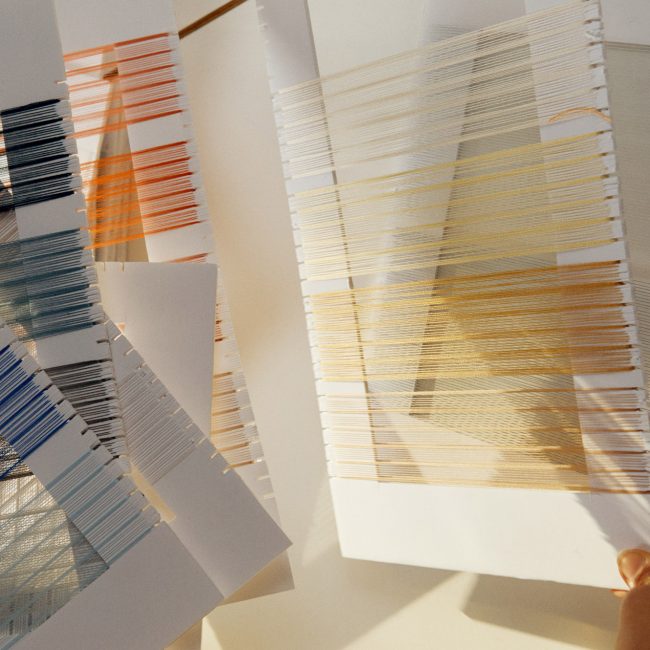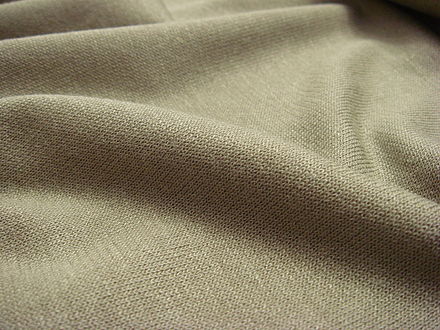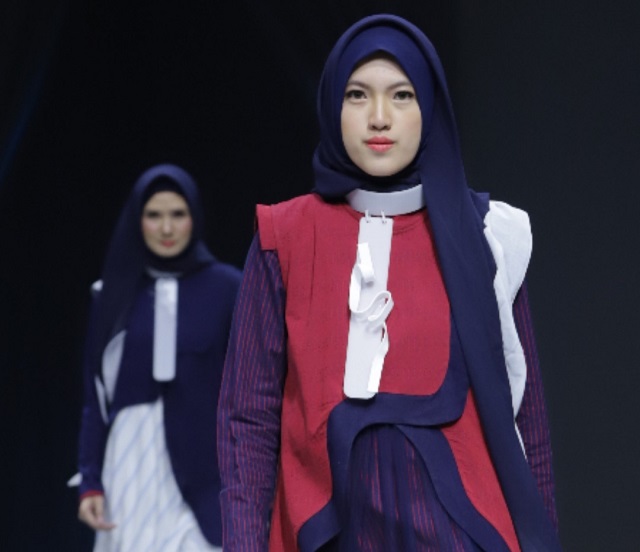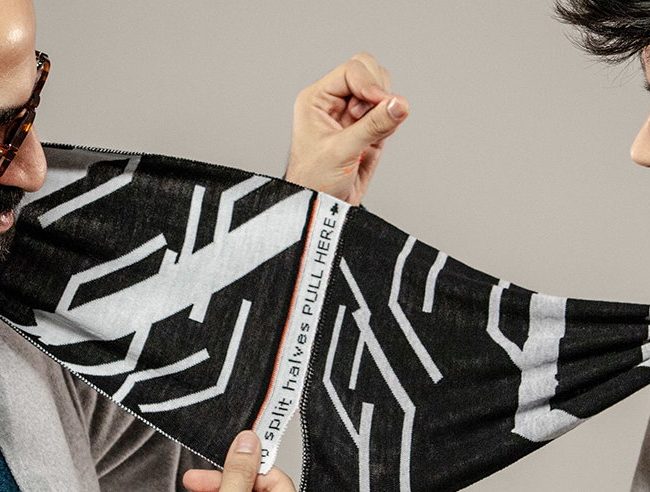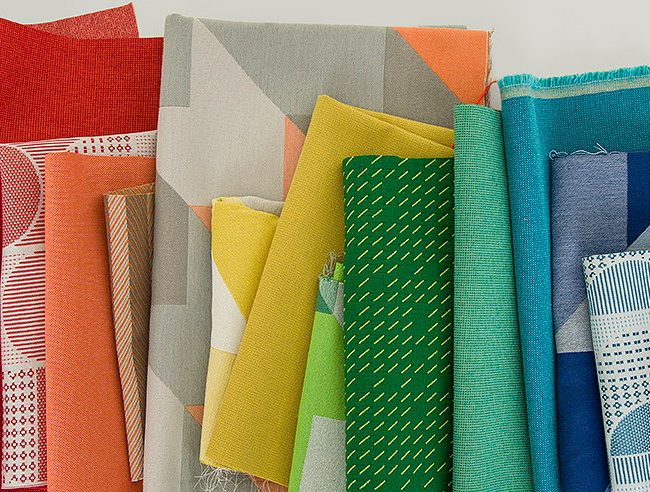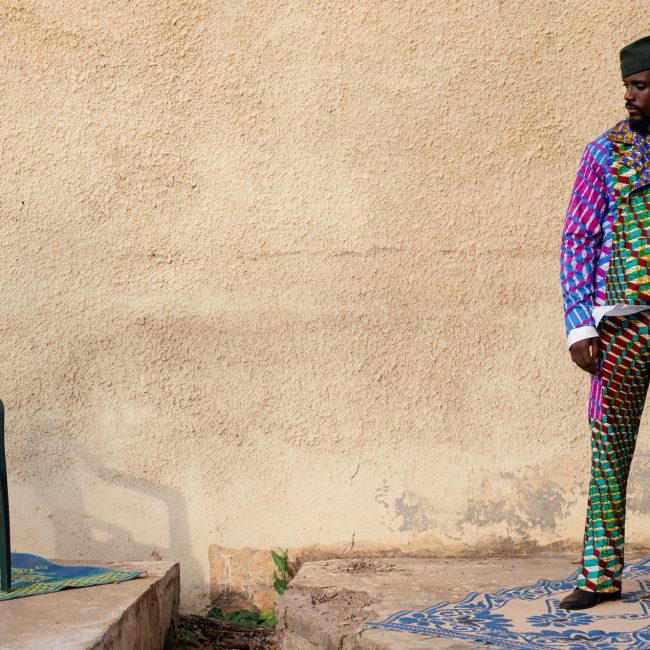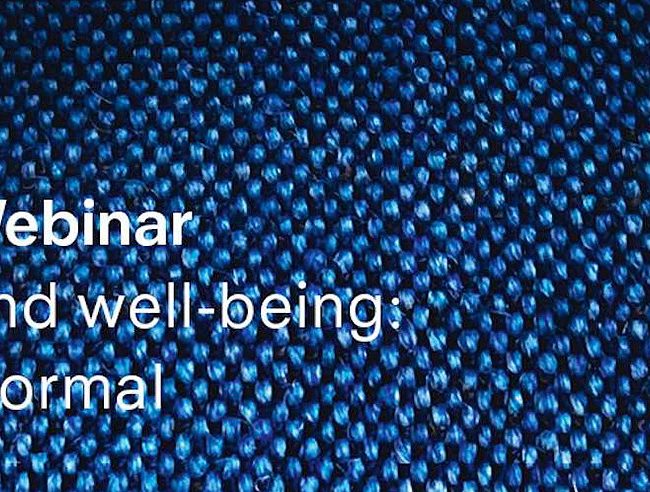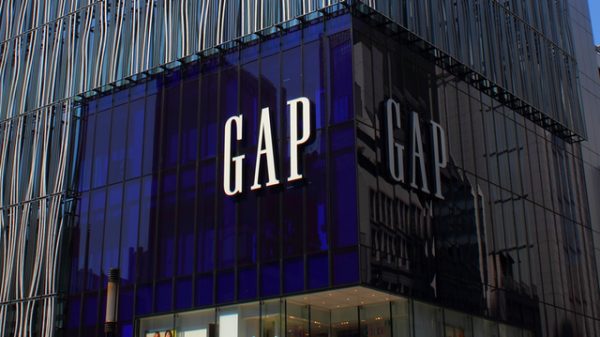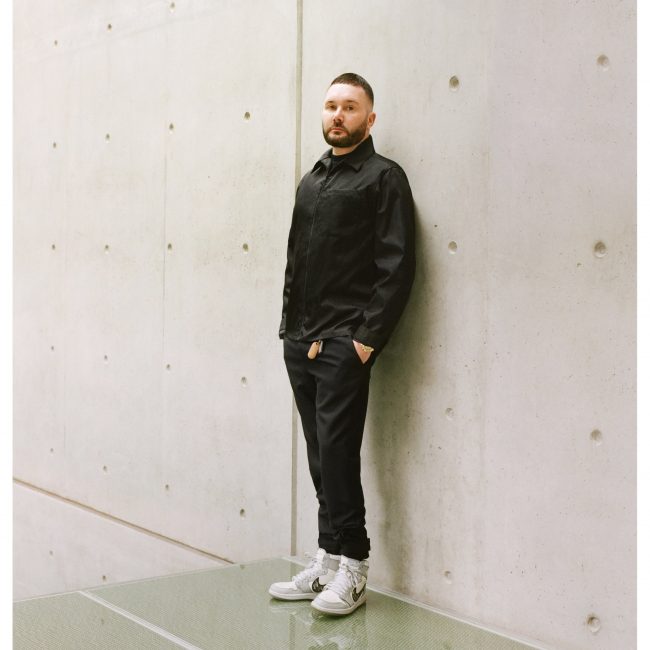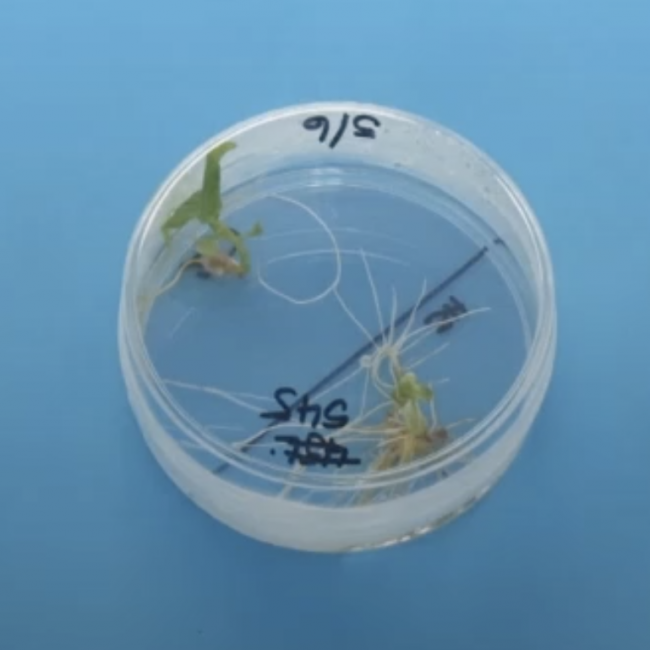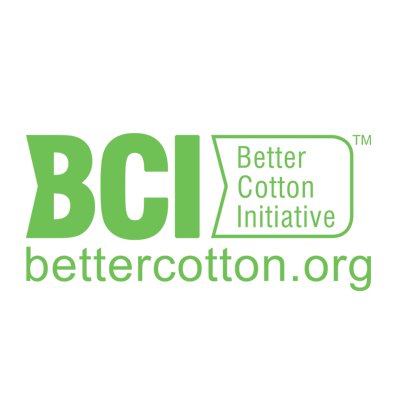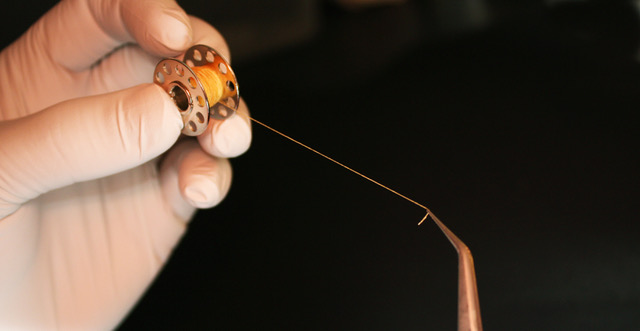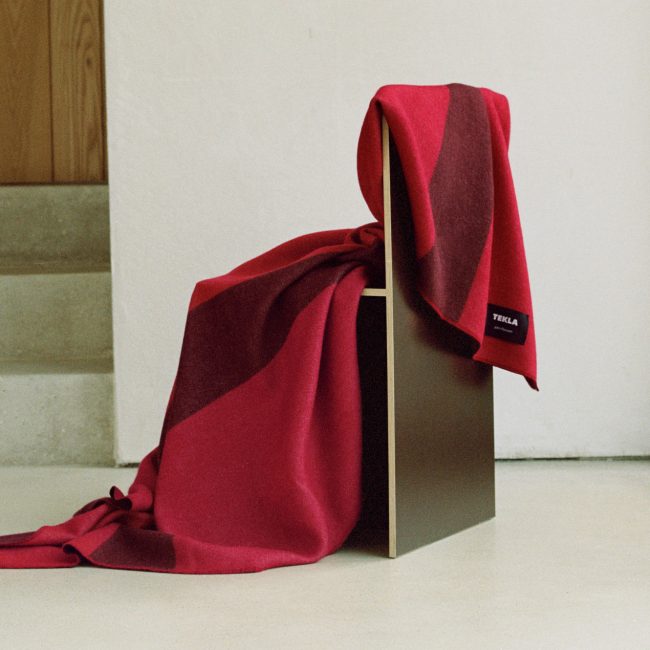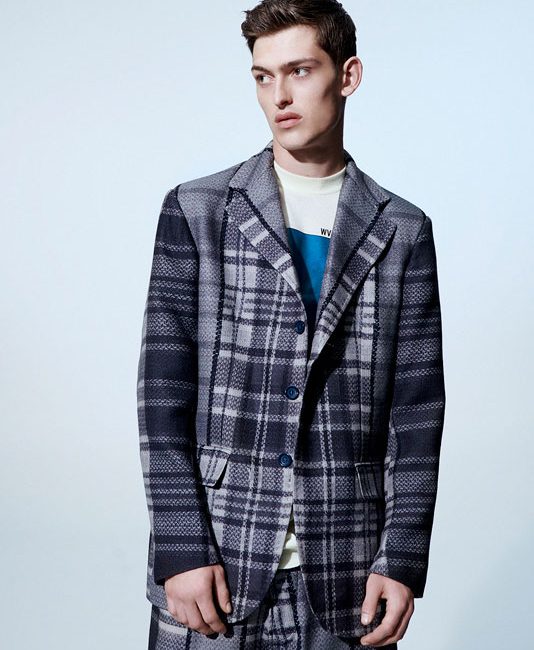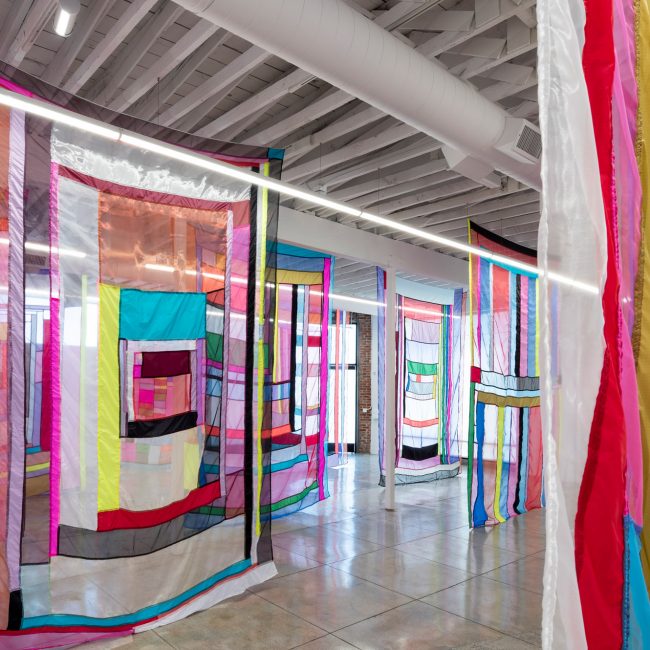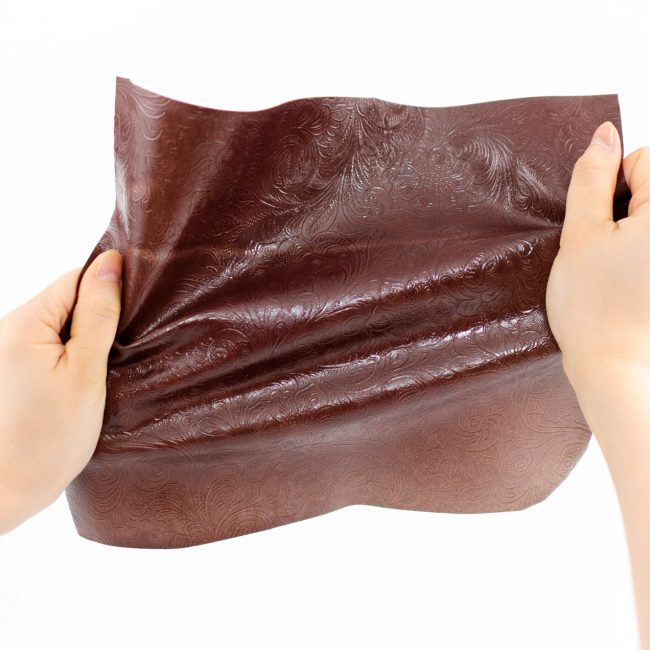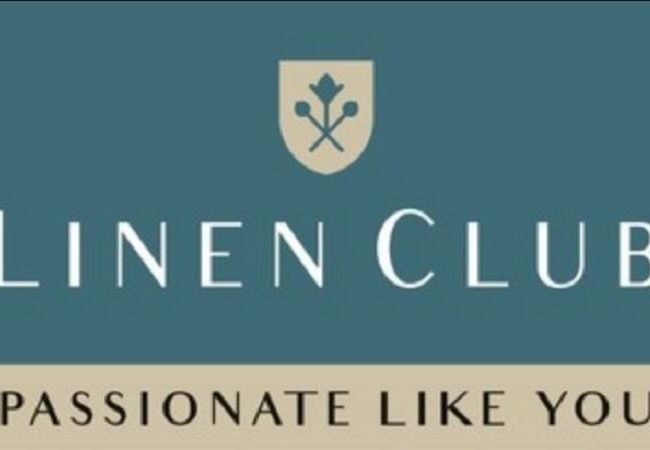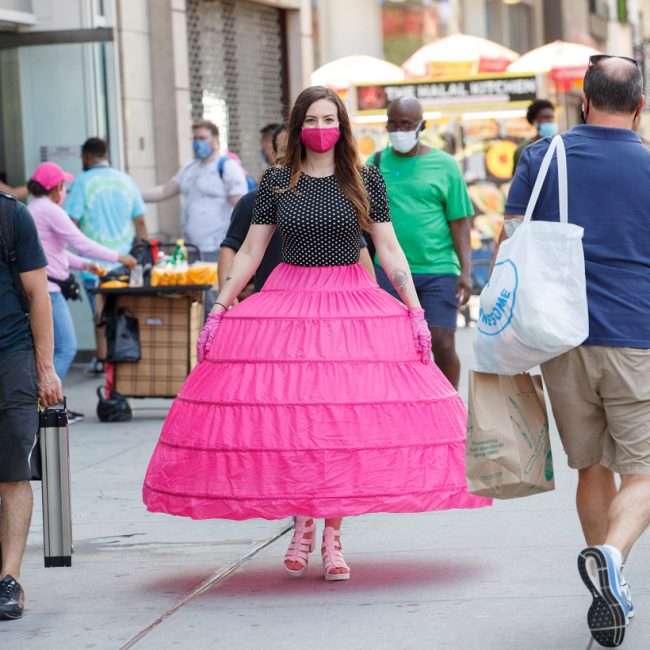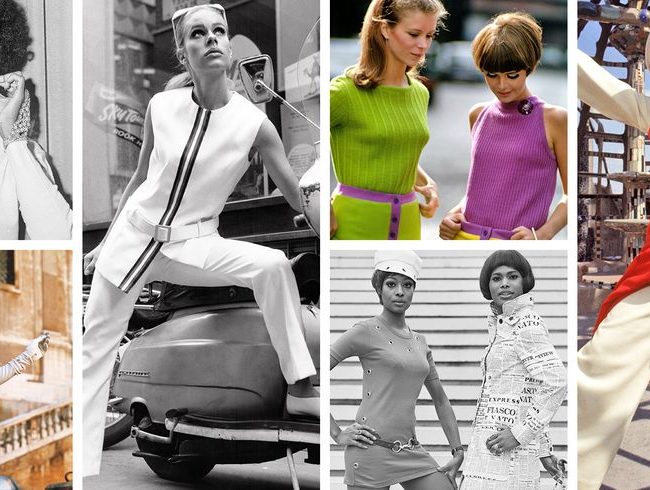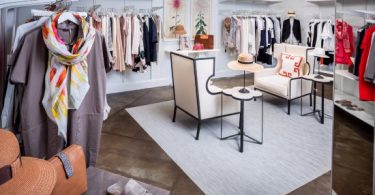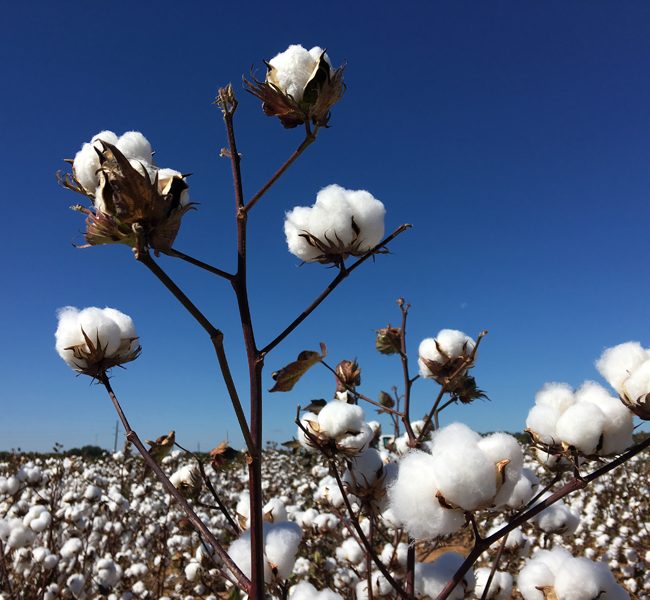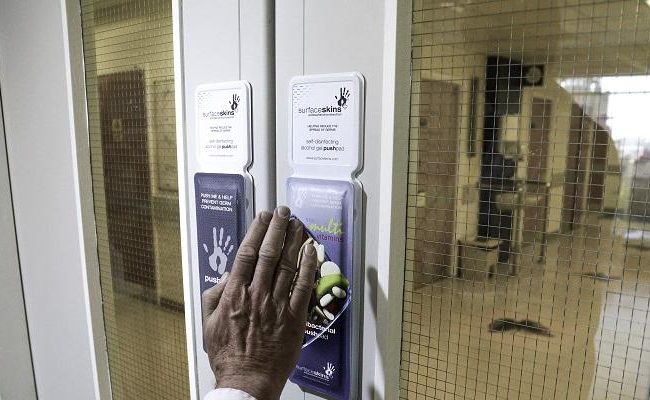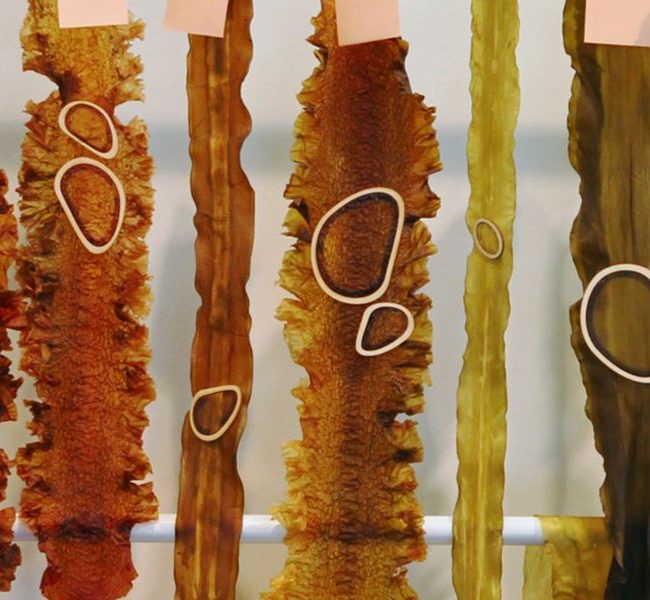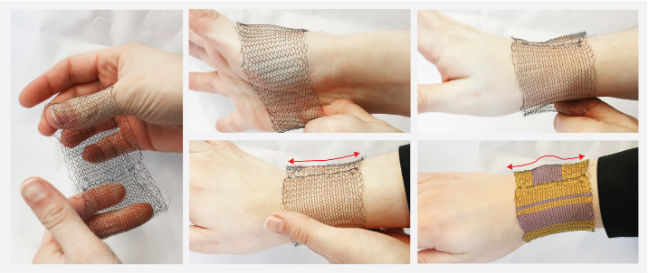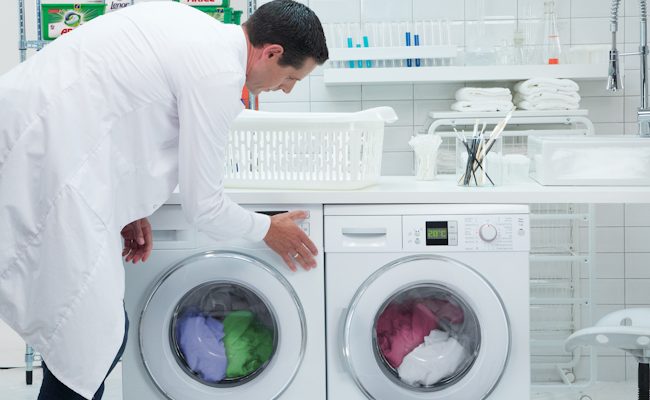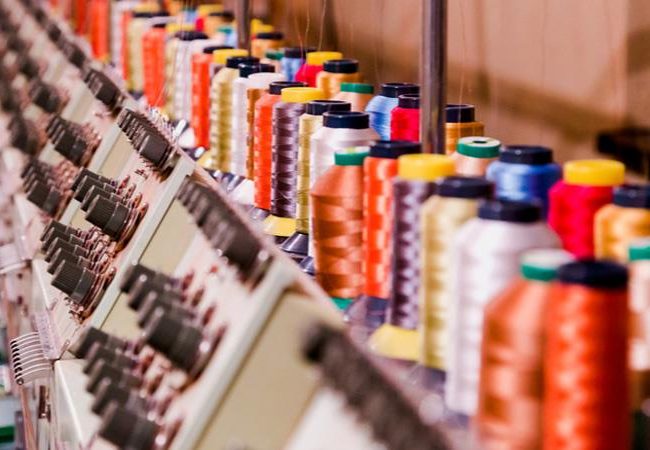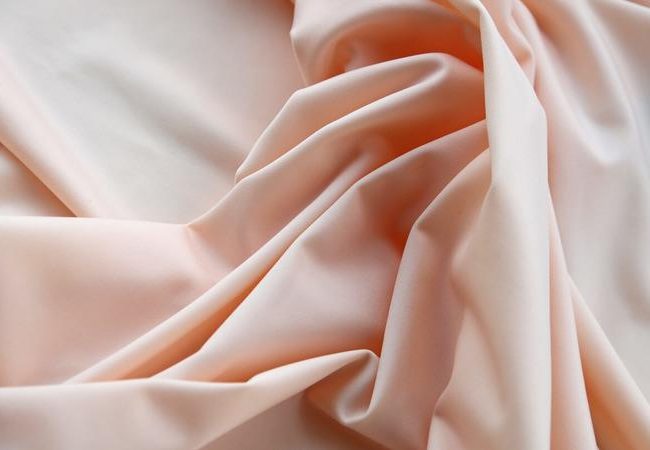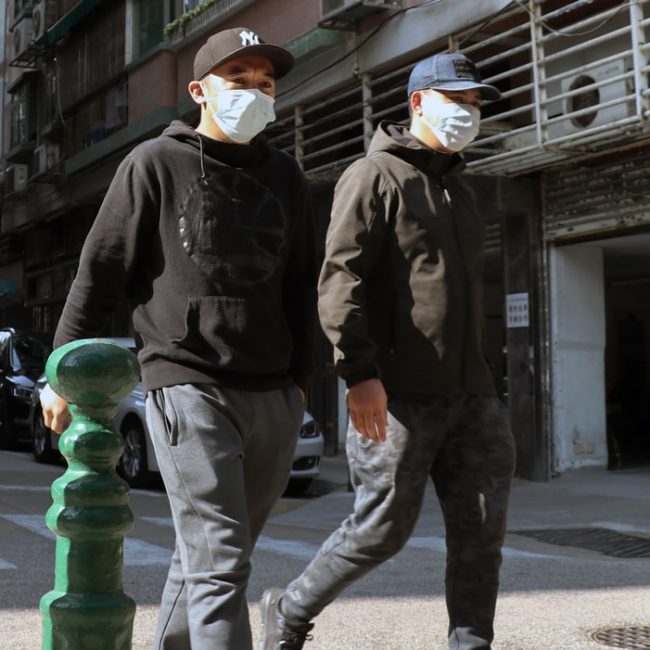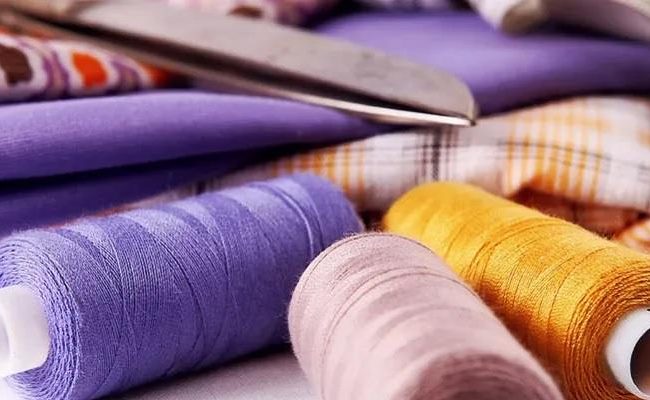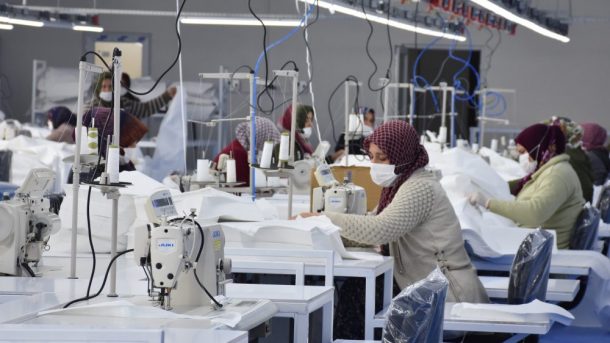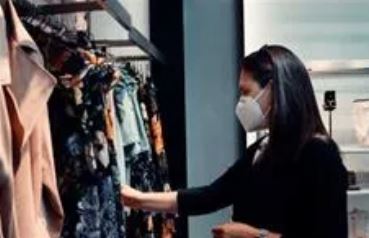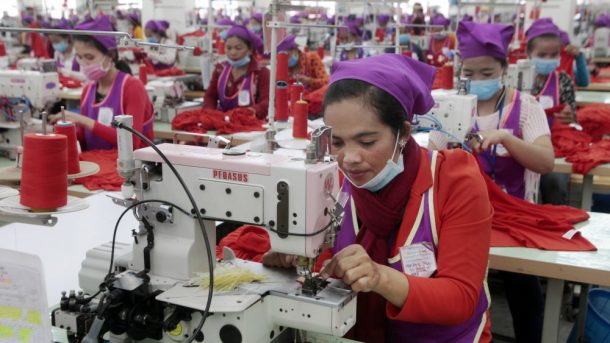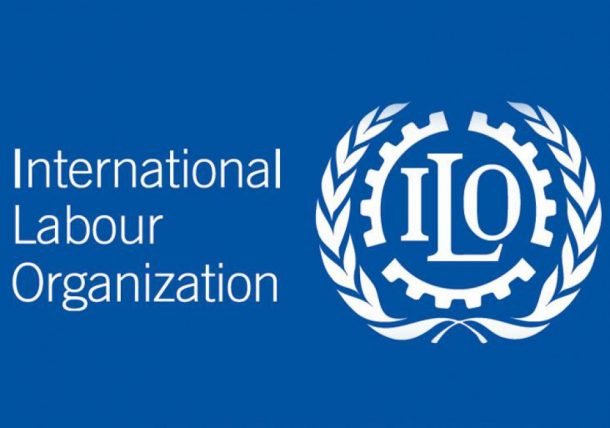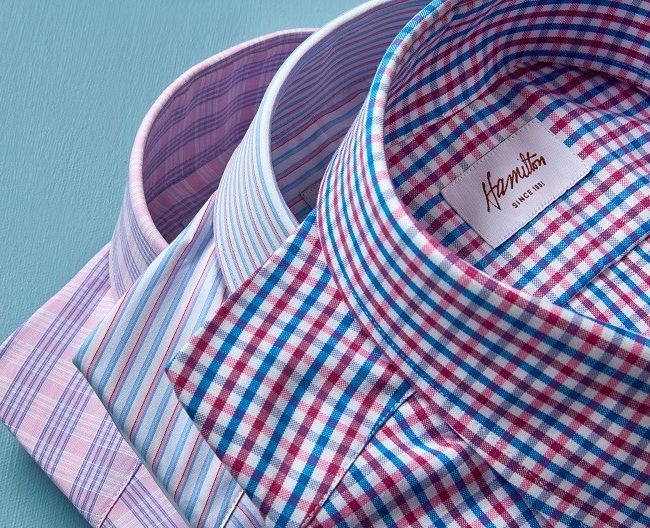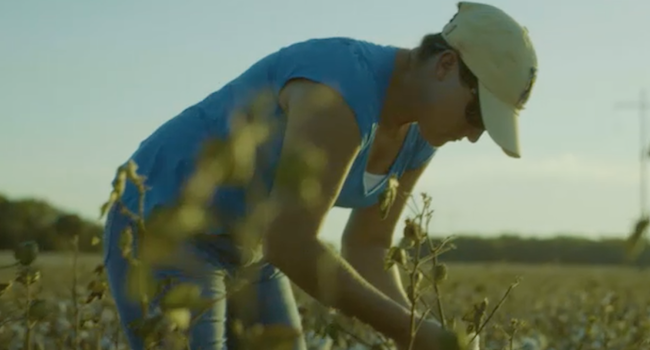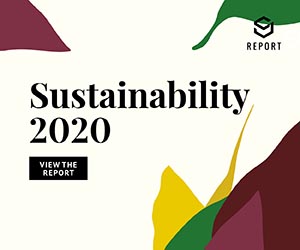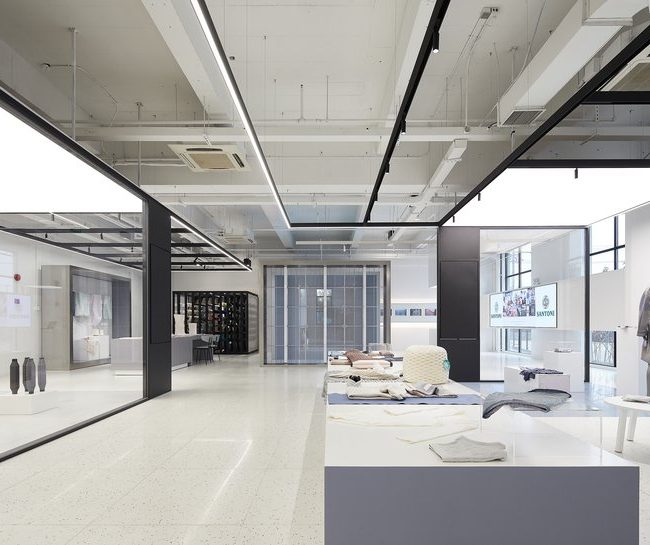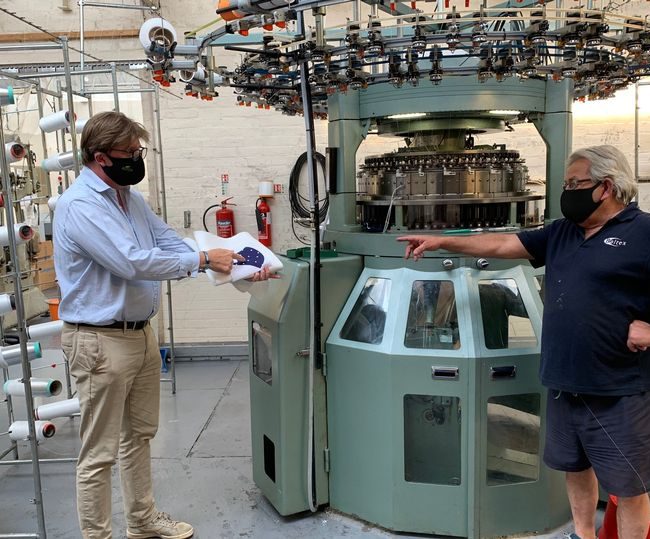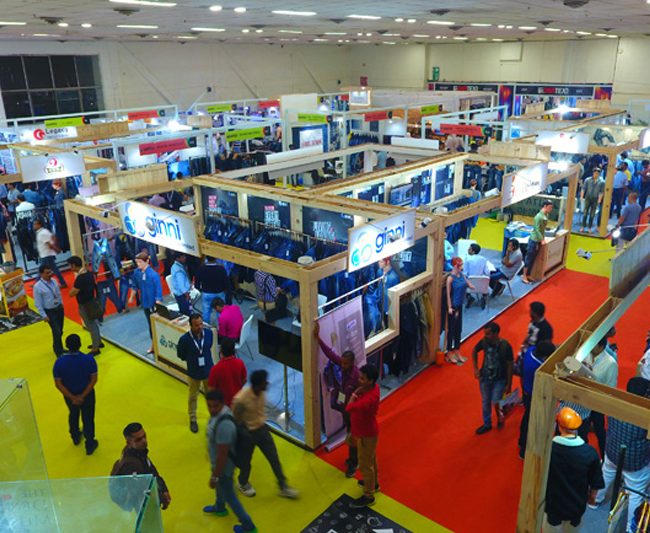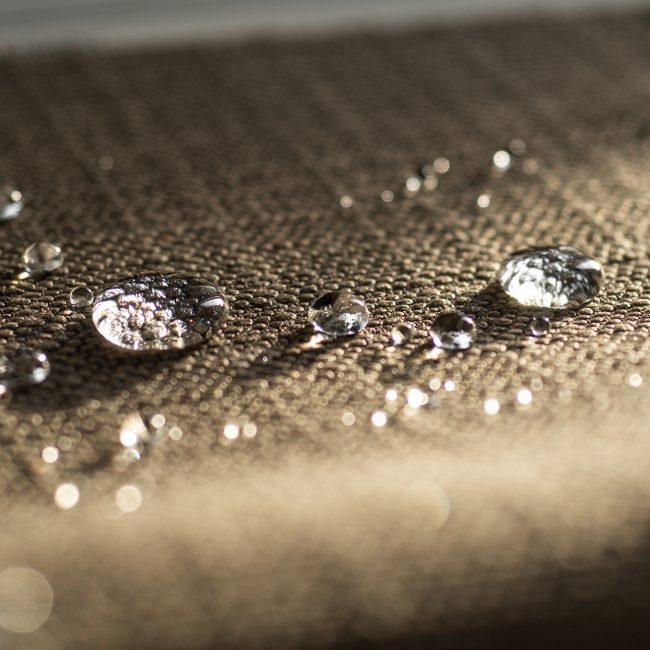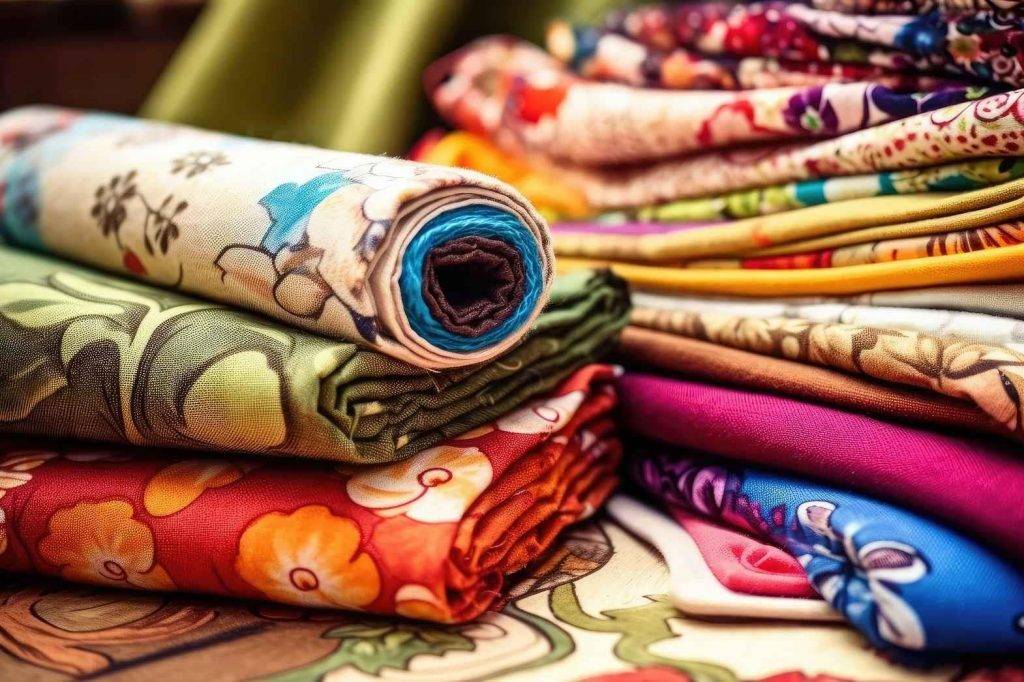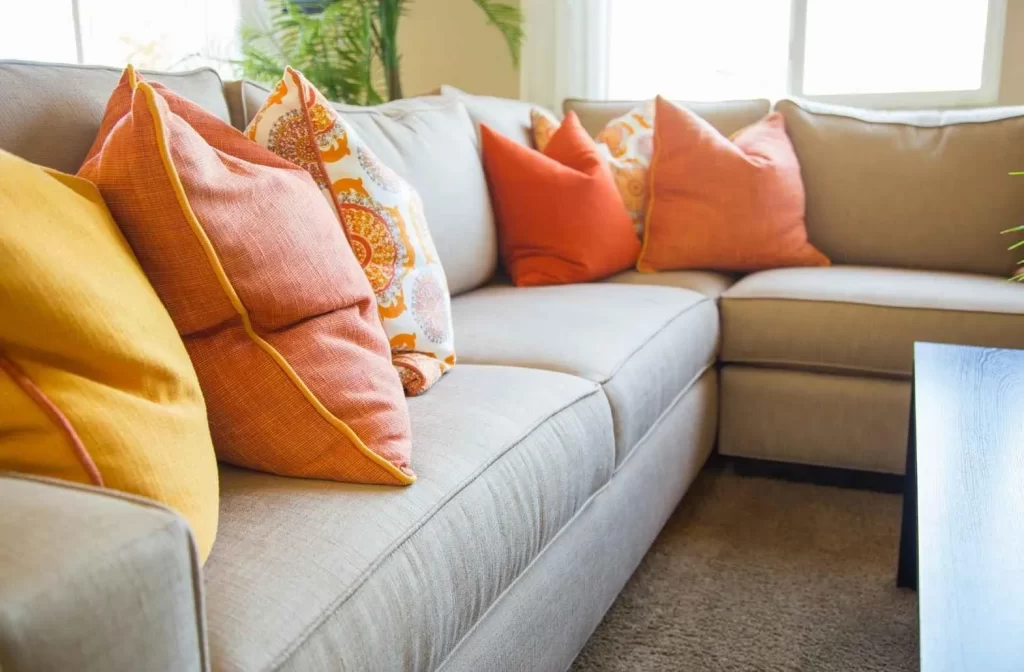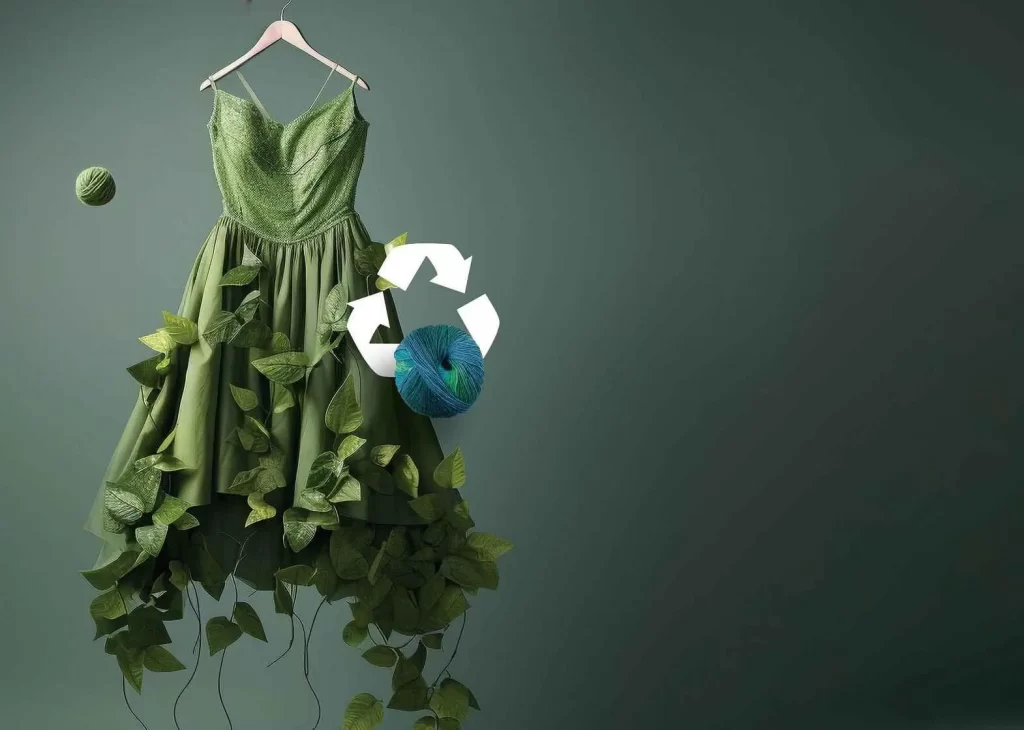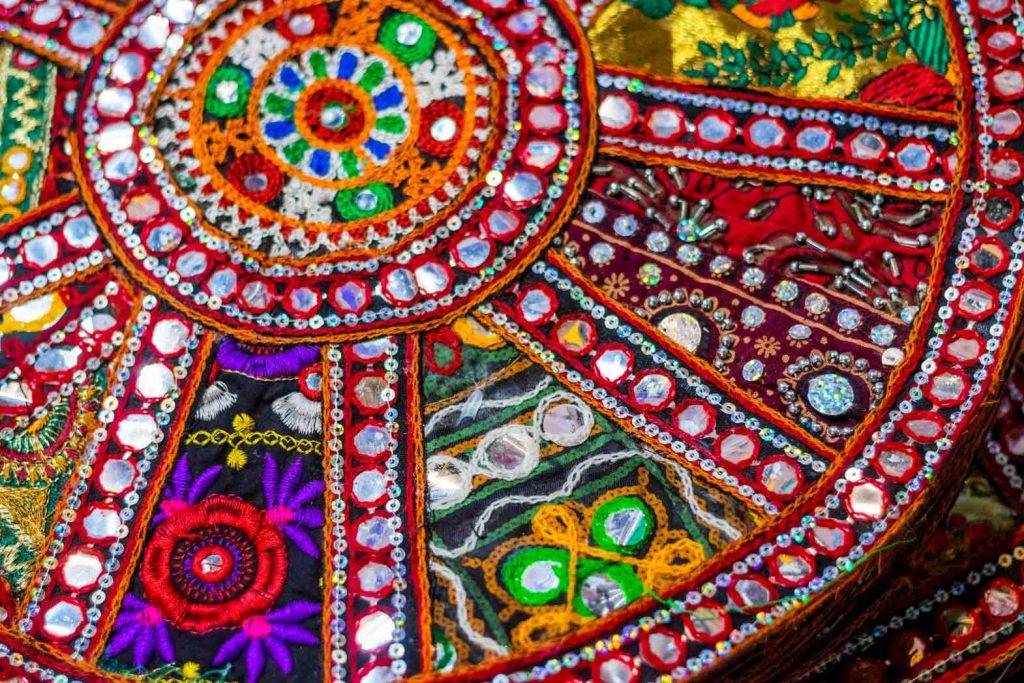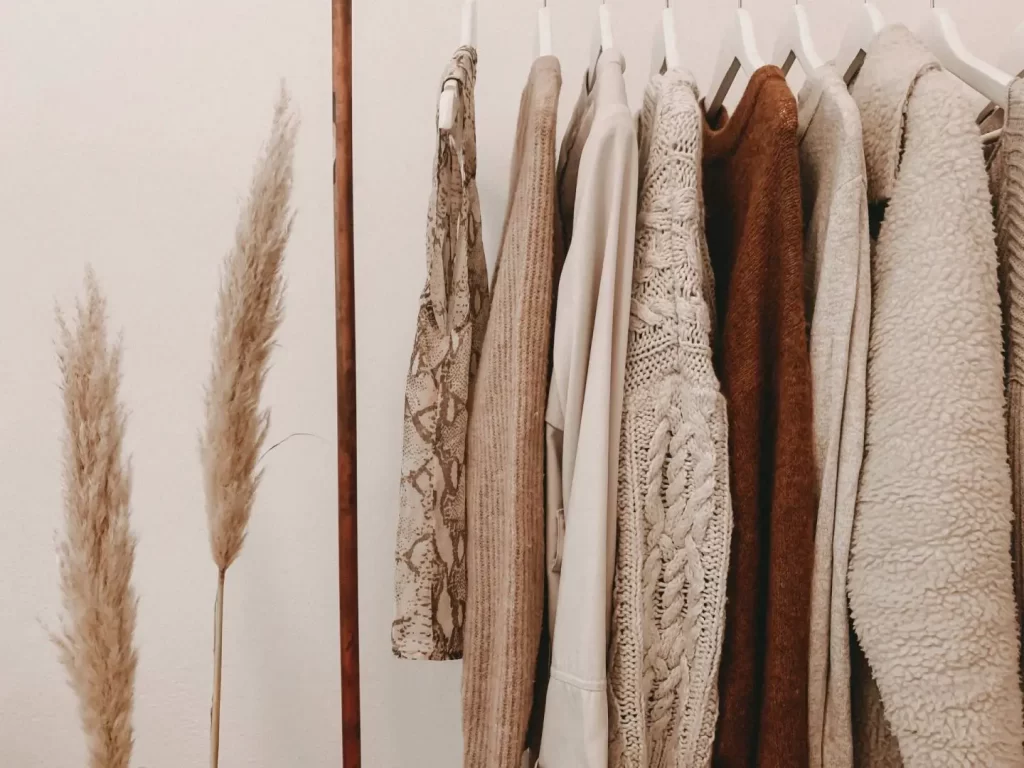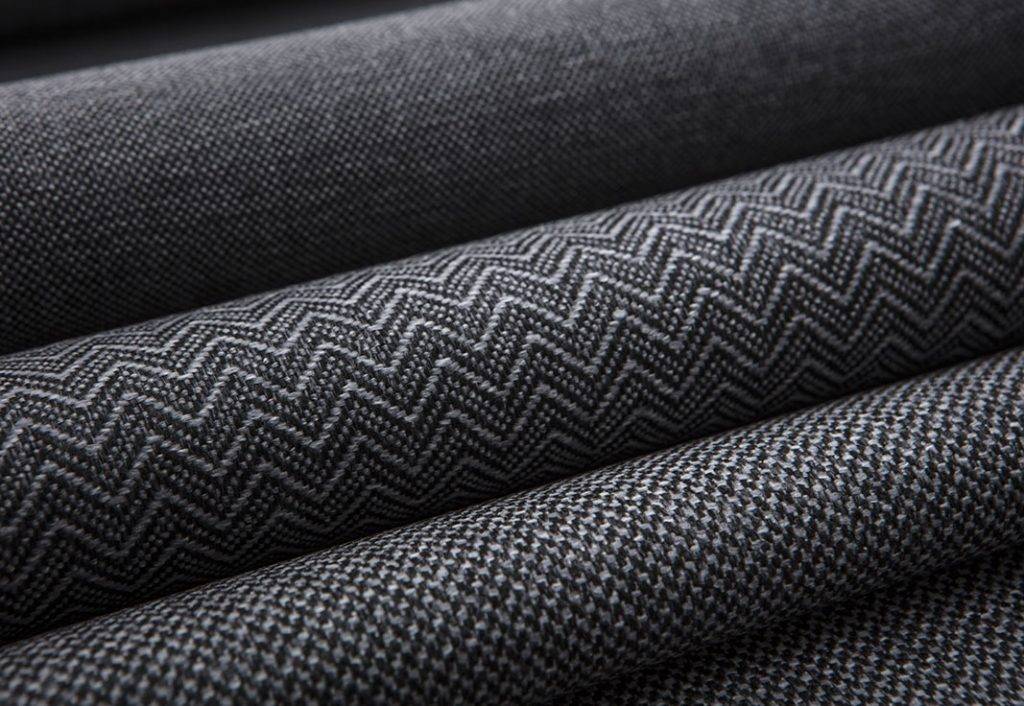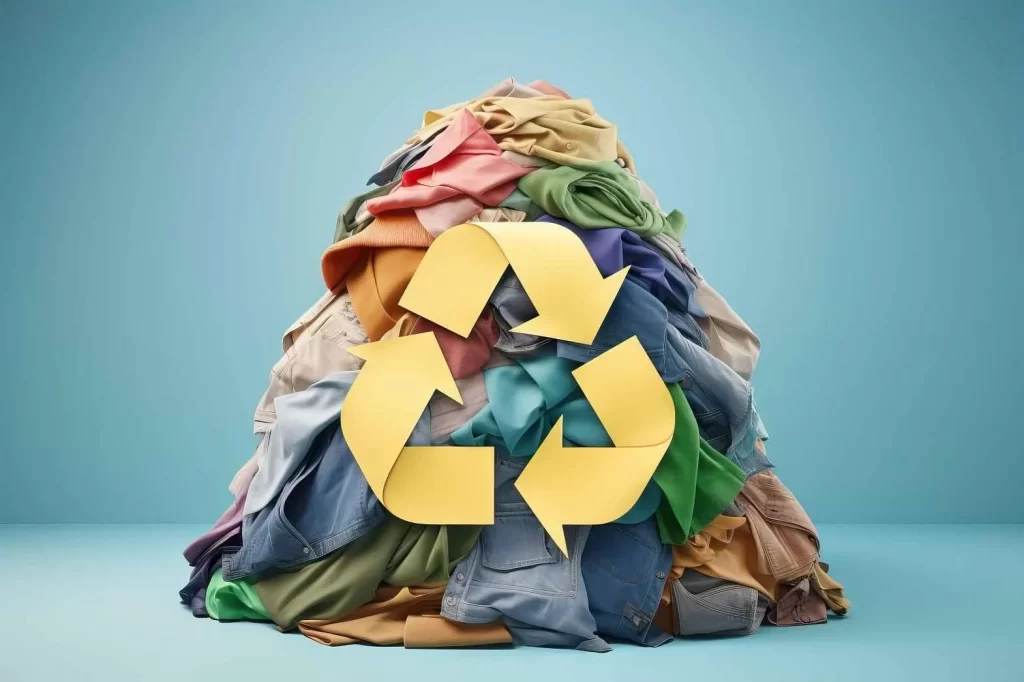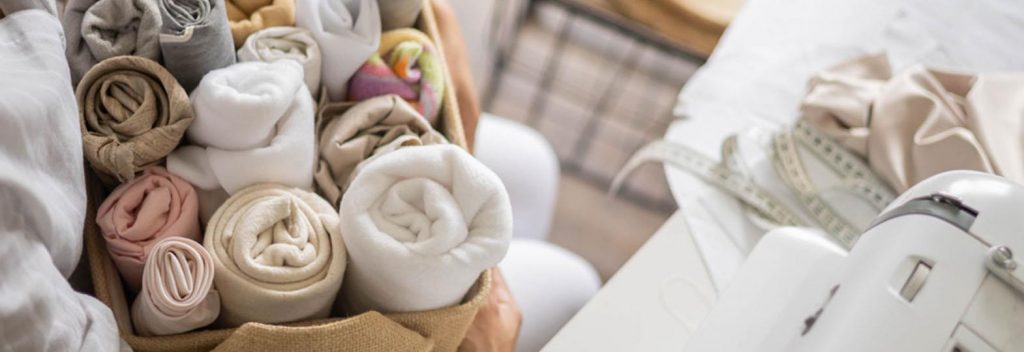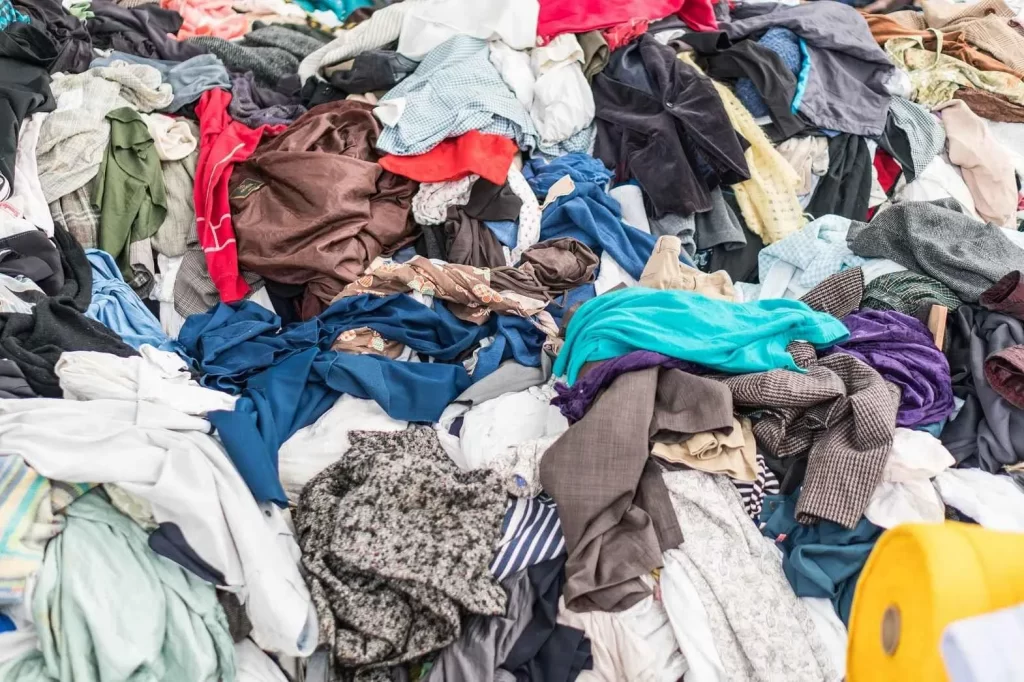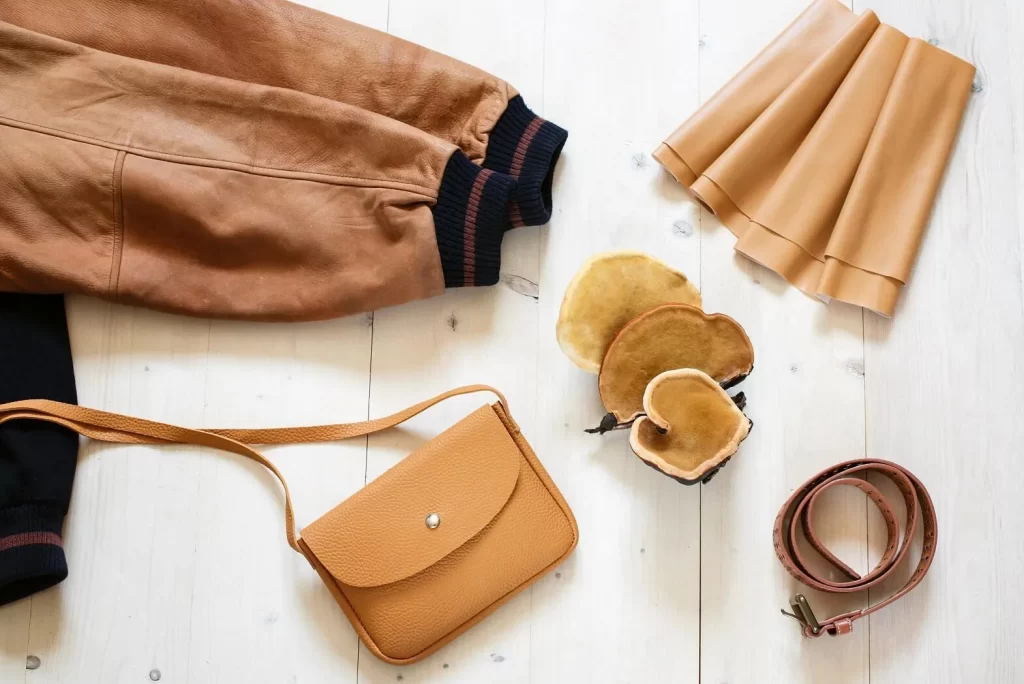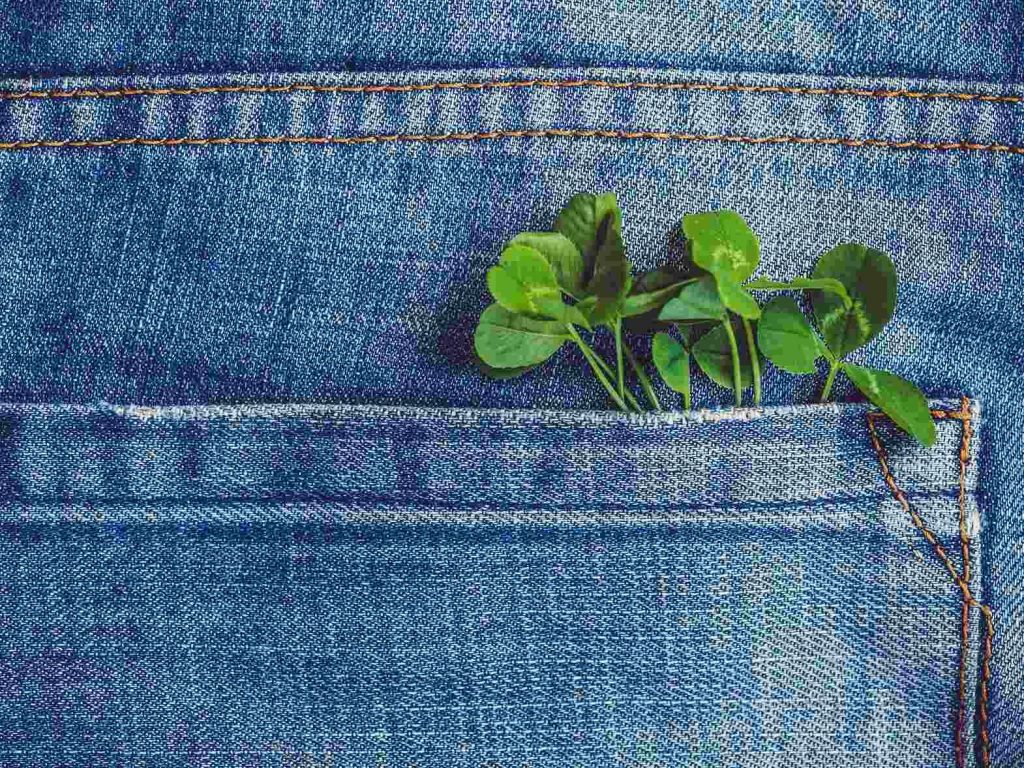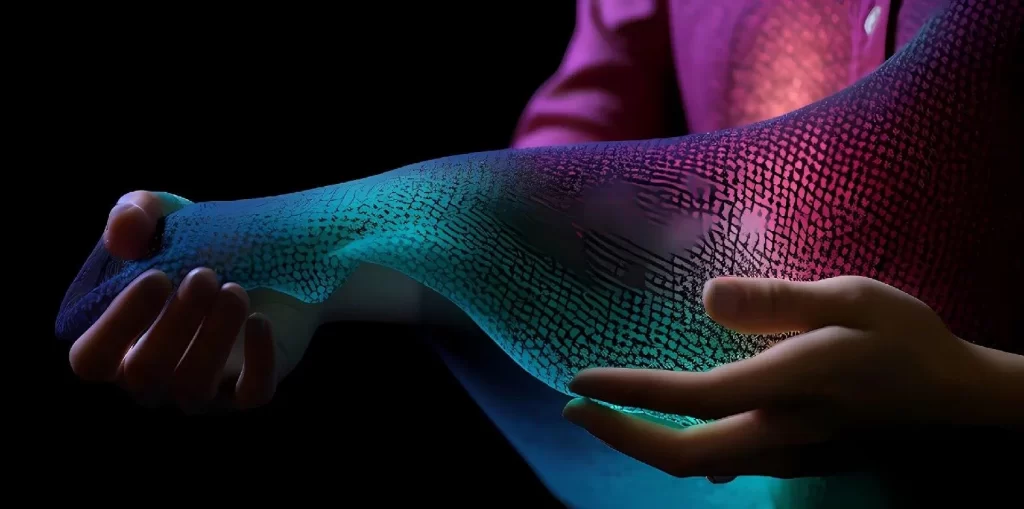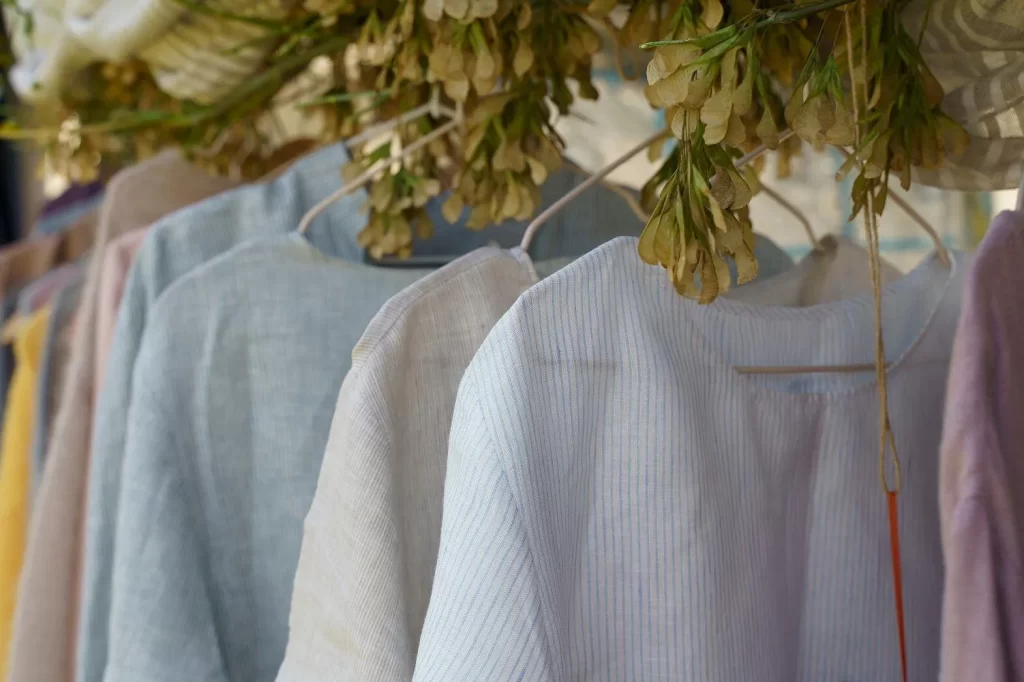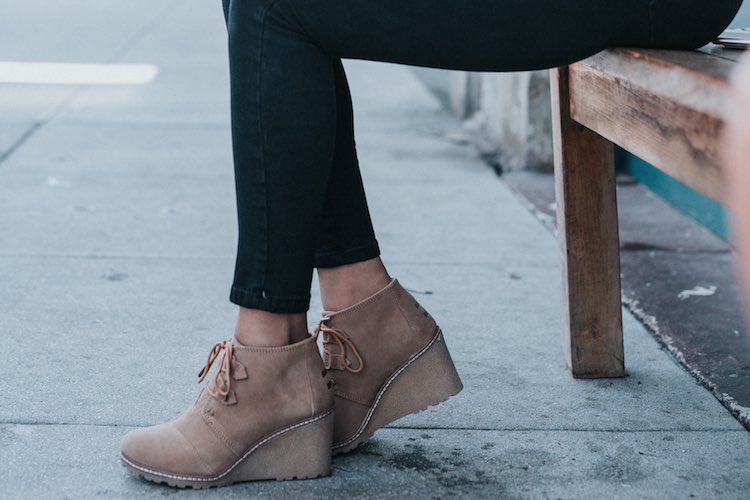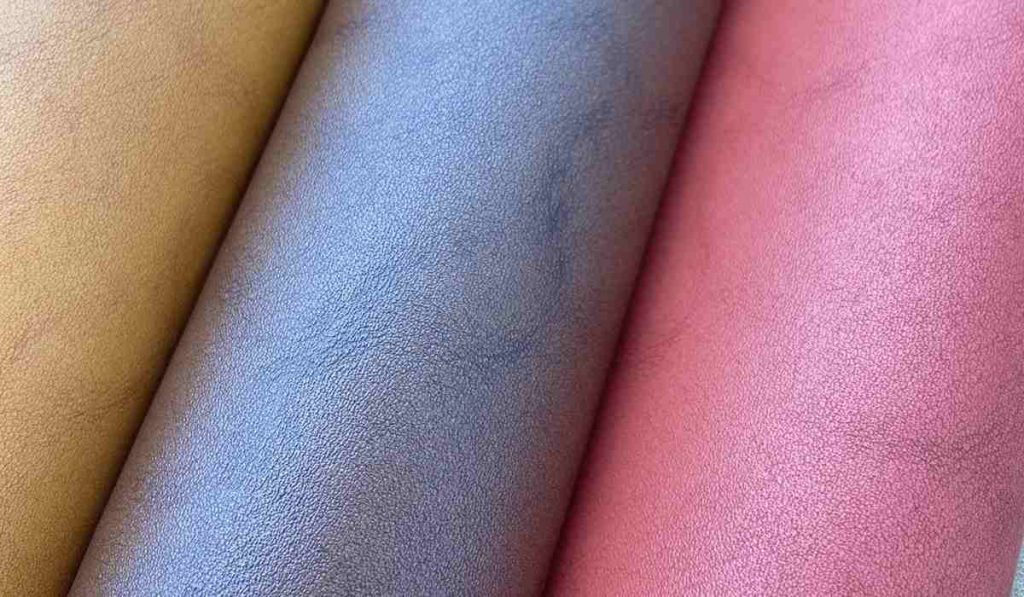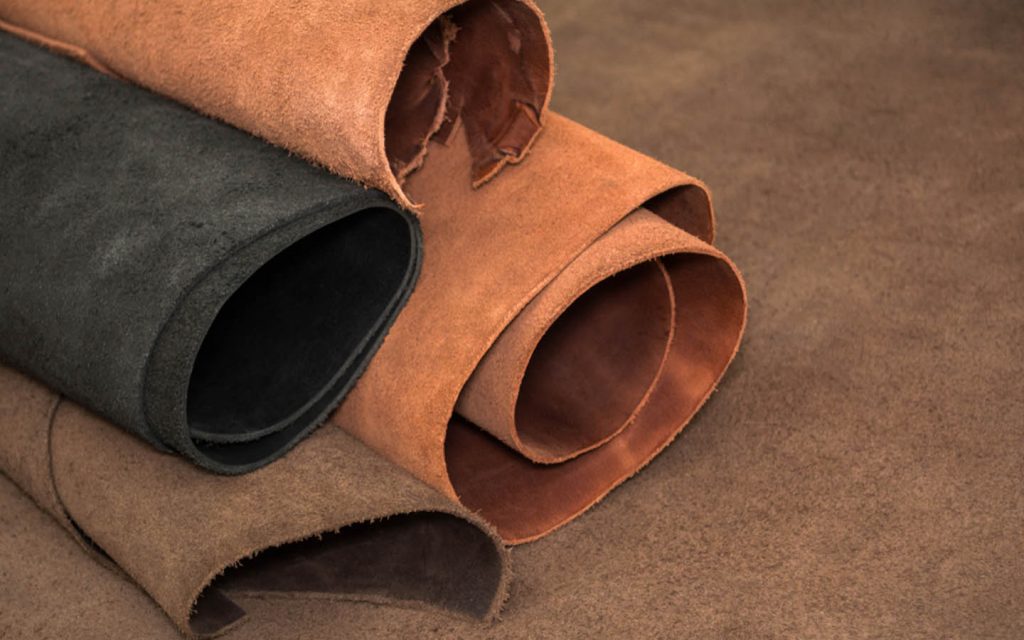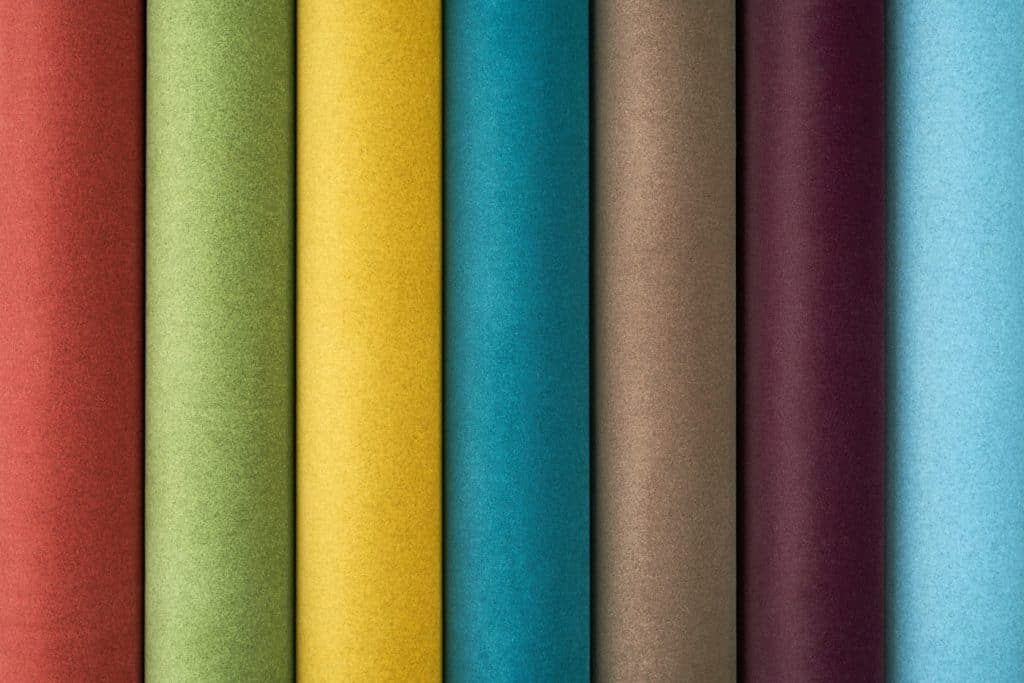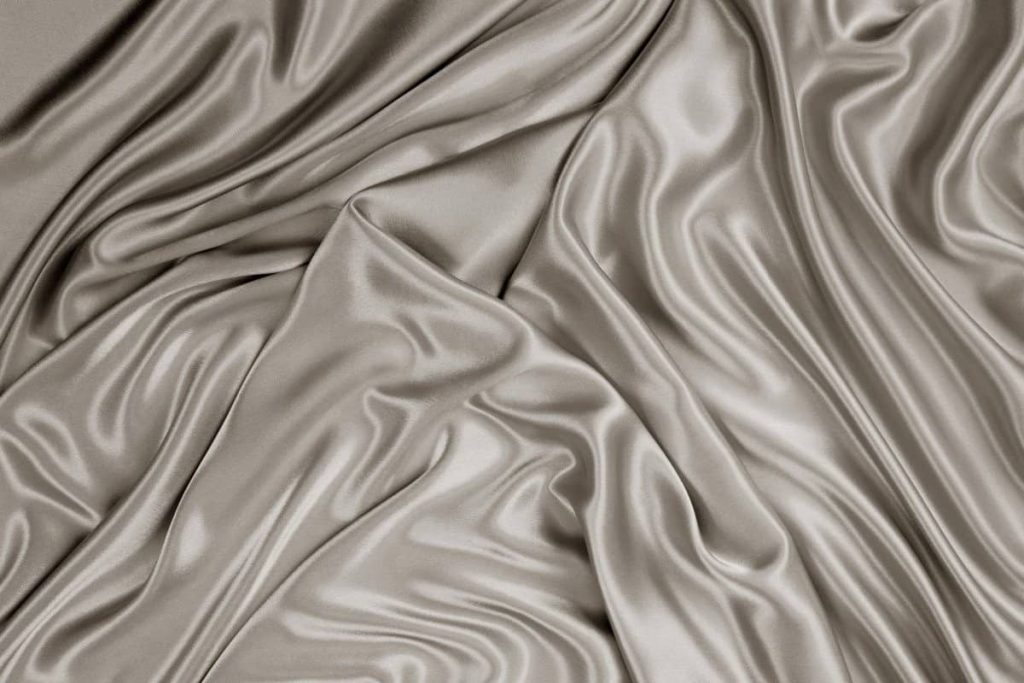Polypropylene Fabric

Polypropylene fabric is a term used to describe any textile product that is derived from the thermoplastic polymer polypropylene. This type of plastic is part of the polyolefin group, and it is non-polar and partially crystalline. Next to polyethylene, polypropylene is the second-most commonly produced plastic in the world, and it is more commonly used in packaging, straws, and other types of consumer and industrial goods than it is in textile production.
Polypropylene fabric is a term used to describe any textile product that is derived from the thermoplastic polymer polypropylene. This type of plastic is part of the polyolefin group, and it is non-polar and partially crystalline. Next to polyethylene, polypropylene is the second-most commonly produced plastic in the world, and it is more commonly used in packaging, straws, and other types of consumer and industrial goods than it is in textile production.
This type of plastic was originally developed by the American corporation Phillips Petroleum in 1951. Chemists Robert Banks and J. Paul Hogan were attempting to derive gasoline from propylene, and they accidentally created polypropylene. While this experiment was deemed a failure, it was quickly recognized that this new compound has the potential to be on par with polyethylene in many applications.
It wasn’t until 1957, however, that polypropylene was made into a substance suitable for mass production. In 1954, the Italian chemist Giulio Natta and his German colleague succeeded in forming this substance into an isotactic polymer, and the Italian corporation Montecatini quickly started producing this substance for commercial and consumer use.
Polypropylene was originally marketed under the name “Moplen,” and this name is still a registered trademark of the LyondellBasell corporation. However, it is much more common to find this substance referred to as polypropylene or “polypro” for short.

Deckchair with canopy and sling in polypropylene fabric in dove grey
As the use of polypropylene became more and more popular in a number of consumer and industrial applications, it was gradually discovered that this type of plastic also showed potential as a textile. Polypropylene fabric is a nonwoven textile, which means that it is made directly from a material without any need for spinning of weaving. The main benefit of polypropylene as a fabric is its moisture transfer abilities; this textile cannot absorb any moisture, and instead, moisture passes through polypropylene fabric entirely.
This attribute allows moisture that is exuded while wearing a polypropylene garment to evaporate much more quickly than it would with a moisture-retaining garment. Therefore, this fabric is popular in textiles that are worn close to the skin. However, polypro has a tendency to absorb and retain body odors when it is used for undergarments, and it also melts at relatively low temperatures. Molten polypro fabric can cause serious burns, and this issue also makes it impossible to wash this fabric at high temperatures.
Polypropylene fabric is one of the lightest synthetic fibers in existence, and it is incredibly resistant to most acids and alkalis. In addition, the thermal conductivity of this substance is lower than that of most synthetic fibers, which means that it is ideally suited for cold weather wear.

Beige and White Basket Woven Polypropylene Upholstery Fabric
Furthermore, this fabric is highly resistant to abrasion, and it also resists insects and other pests. Due to its notable thermoplastic qualities, it’s easy to mold polypro plastic into various shapes and forms, and it can be reformed through melting. This plastic is also not very susceptible to stress cracking.
However, polypro is notoriously hard to dye after it is manufactured, and it is also difficult to shape this fabric into different textures. This fabric is susceptible to UV damage, and it does not adhere well to latex or epoxies. Like every other synthetic textile, polypropylene fabric also has a significantly negative impact on the environment.
How Is Polypropylene Fabric Made?

Like most types of plastics, polypro is made from substances that are derived from hydrocarbon fuels like petroleum oil. First, the monomer propylene is extracted from crude oil in gas form, and this monomer is then subjected to a process called chain-growth polymerization to create the polymer polypropylene.
Once a large number of propylene monomers are strung together, a solid plastic material is formed. To make a usable textile, polypropylene resin must be mixed with a wide variety of plasticizers, stabilizers, and fillers. These additives are introduced into molten polypro, and once the desired substance is acquired, this plastic may be allowed to cool into bricks or pellets.
These pellets or bricks are then transferred to a textile factory, and they are remelted. In most cases, this polypropylene is then formed into sheets, or it may be allowed to cool in molds. If sheets are created, these thin fibers are then cut into the desired shape and sewn or glued to create garments or diapers. A variety of different manufacturing methods are used to form polypropylene into non-apparel products.
How Is Polypropylene Fabric Used?

Polypro fabric is commonly used in clothing applications in which moisture transfer is desired. For instance, this type of plastic is commonly used to make top sheets for diapers, which are the components of diapers that make direct contact with skin. By using polypropylene for this diaper component, it is assured that no moisture will remain in contact with a baby’s skin, which reduces the likelihood of rashes forming.
This nonwoven fabric’s moisture-transferring properties have also made it a popular textile for cold weather gear. For instance, this synthetic was used to make the underwear and undershirts that were used in the first generation of the U.S. Army’s Extended Cold Weather Clothing System (ECWCS). It was found that garments made from this fabric improved the comfort of soldiers in cold-weather conditions, but problems with polypro fabrics have caused the United States military to switch to the latest generation of polyester textiles for their Generation II and Generation III ECWCS systems.
In some cases, polypropylene fabric may also be used to make sportswear, but a number of issues with this type of plastic have made newer versions of polyester more popular for this application. While this fabric’s moisture-transferring properties are highly desirable for sportswear, the inability to wash this fabric with hot water makes it hard to remove odors from polypropylene sportswear. In addition, this textile’s susceptibility to UV damage makes it a poor choice for any type of outerwear.
Beyond the world of apparel, polypropylene plastic is used in thousands of different applications. One of the most famous uses of this substance is in drinking straws; while straws were originally made from paper, polypropylene is now the preferred material for this application. This plastic is also used to make ropes, food labels, food packaging, sunglasses, and a variety of different types of bags.
Where Is Polypropylene Fabric Produced?

China is currently the biggest exporter of polypropylene products. In 2016, factories in this country produced a volume of polypro plastics valued at $5.9 billion, and it’s projected that this trajectory will stay steady for the foreseeable future.
A great deal of this substance is also made in Germany; this country produced approximately $2.5 billion of polypropylene in 2016, and Italy, France, Mexico, and Belgium are also significant producers of this substance. In 2016, the United States produced $1.1 billion in polypro products.
The biggest player in the international polypropylene production industry is LyondellBasell. This company is incorporated in the Netherlands, and it has bases of operation in Houston and London.
The runner-up in this industry is Sinopec Group, which is based in Beijing, and PetroChina Group, which is also based in Beijing. The top 10 producers of this substance account for 55 percent of the total production of polypropylene worldwide.
Polypropylene is processed into fabrics all over the world. The biggest producer of finished polypro fabrics is China, and this type of textile is also sewn into garments and other types of fabrics in India, Pakistan, Indonesia, and a number of other countries.
How Much Does Polypropylene Fabric Cost?

Polypropylene fabric liner being installed inside a cedar raised bed
Since polypro is one of the most widely produced types of plastic, it is generally quite inexpensive in bulk. A large number of different major factories compete with each other to capture the world’s plastics market, and this competition drives prices low.
However, polypropylene fabric may be relatively expensive. The main reason for this increased price is lack of demand; while polypropylene fabric used to be used to make thermal undergarments relatively frequently, recent advances in the production of polyester have made this type of fabric largely obsolete. Therefore, this type of fabric costs more to textile producers than similar synthetic fabrics, such as polyester, and this increased cost is generally passed on to the end consumer.
It’s important to clarify, however, that this increased cost only applies to polypropylene fabric that is designed to be made into apparel. Various types of polypropylene fabric that are not suited for apparel are marketed at relatively low prices, and they are generally quite inexpensive. These fabrics come in a variety of different colors and textures.
What Different Types of Polypropylene Fabric Are There?

A variety of different additives can be added to polypro while it’s in its liquid state to alter the attributes of this material. In addition, there are two major types of this plastic:
• Homopolymer polypropylene: Polypro plastic is considered to be homopolymer when it is in its original state without any additives. This type of polypro plastic is not generally considered to be a good material for fabric.
• Copolymer polypropylene: Most types of polypropylene fabrics are copolymer. This type of polypro plastic is further split into block copolymer polypropylene and random copolymer polypropylene. The co-monomer units in the block form of this plastic are arranged in regular square patterns, but the co-monomer units in the random form are arranged in relatively random patterns. Either block or random polypropylene is suited for fabric applications, but block polypro plastic is more commonly used.
How Does Polypropylene Fabric Impact the Environment?

Design A Beige 100% Polypropylene Durable Powerloomed Persian Area Rug
The production and use of polypropylene has a decidedly negative impact on the environment. Since polypro plastic is derived from hydrocarbon fuels, the manufacture of this substance is inherently unsustainable; fossil fuels are limited resources, and a great deal of energy is expended to acquire these substances.
In addition, a significant amount of waste is produced in the process of making polypropylene. In some cases, the excess hydrocarbon fuels that are left over after the propylene extraction process may be reused for other purposes, but they may also be discarded, which causes a negative environmental impact.
Various toxic chemicals are also used in the polypropylene production process; the contaminated water and air that are emitted from polypro production plants enter the ecosystem and negatively affect the surrounding population, and the chemicals released in the production of this type of plastic may also affect factory workers who are exposed to it. It’s also worth pointing out that a scientific study found that polypropylene plastics used in food packaging release bioactive chemicals.
Once it is discarded by the end consumer, polypro plastic stays in the environment for a very long time. It takes hundreds of years for this substance to decompose, so it is not considered to be biodegradable. Unlike some other synthetic materials, however, most polypro introduced into the environment will break down within a thousand years or less.
Certain companies make additives for polypropylene that make this plastic biodegradable. However, these additives are not used for polypro fabrics.
This factor means that every piece of polypropylene fabric that is produced will remain in the ecosystem for hundreds of years before it is broken down. Many areas around the developed and developing world are currently encountering significant issues regarding the pollution created by plastics, and some nations are approaching this issue head-on; for instance, a variety of different businesses and cities around the United States have recently issued bans on plastic straws in an attempt to reduce pollution.
Polypropylene Fabric Certifications Available

Depending on how it is made, polypro fabric may be eligible for ISO 9001 certification, which is provided by the International Organization for Standardization (ISO). This organization may also offer ISO 13485 certification for polypropylene products that are used for medical purposes.
Furthermore, ISO offers another certification program specifically for polypropylene. Known as ISO 19069-1:2015, this standard tests for the tensility, impact resistance, and melt mass-flow rate of polypropylene to make sure that it is in compliance with basic criteria. This type of plastic may also be eligible for certification from the American National Standards Institute (ANSI) or NSF International.
